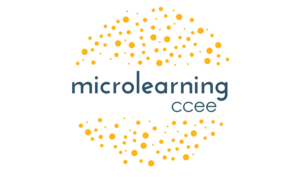CSMP Video Collection
CCEE is proud to partner with the California Subject Matter Project (CSMP) in developing this collection of microlearning modules to support substitute teachers, paraeducators, and non-certificated instructional staff in the classroom. These microlearning modules are short, focused learning resources for those who may not have access to more robust professional learning opportunities.
Focused on a single resource or activity in a specific subject matter, each module includes a short 5-10 minute video, as well as accompanying materials, to support student learning in a variety of settings. Teacher-leaders from one of the nine projects will guide you through immediately usable skills, tools, and strategies they implement in their classrooms to support classroom management, instruction, and social-emotional well-being.
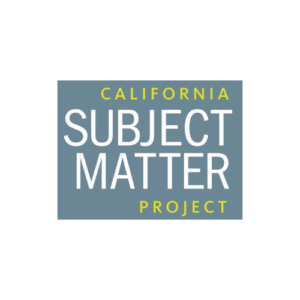

California Reading and Literature Project
Learn about high leverage skills, tools, and strategies from master teachers with California Reading and Literature Project.
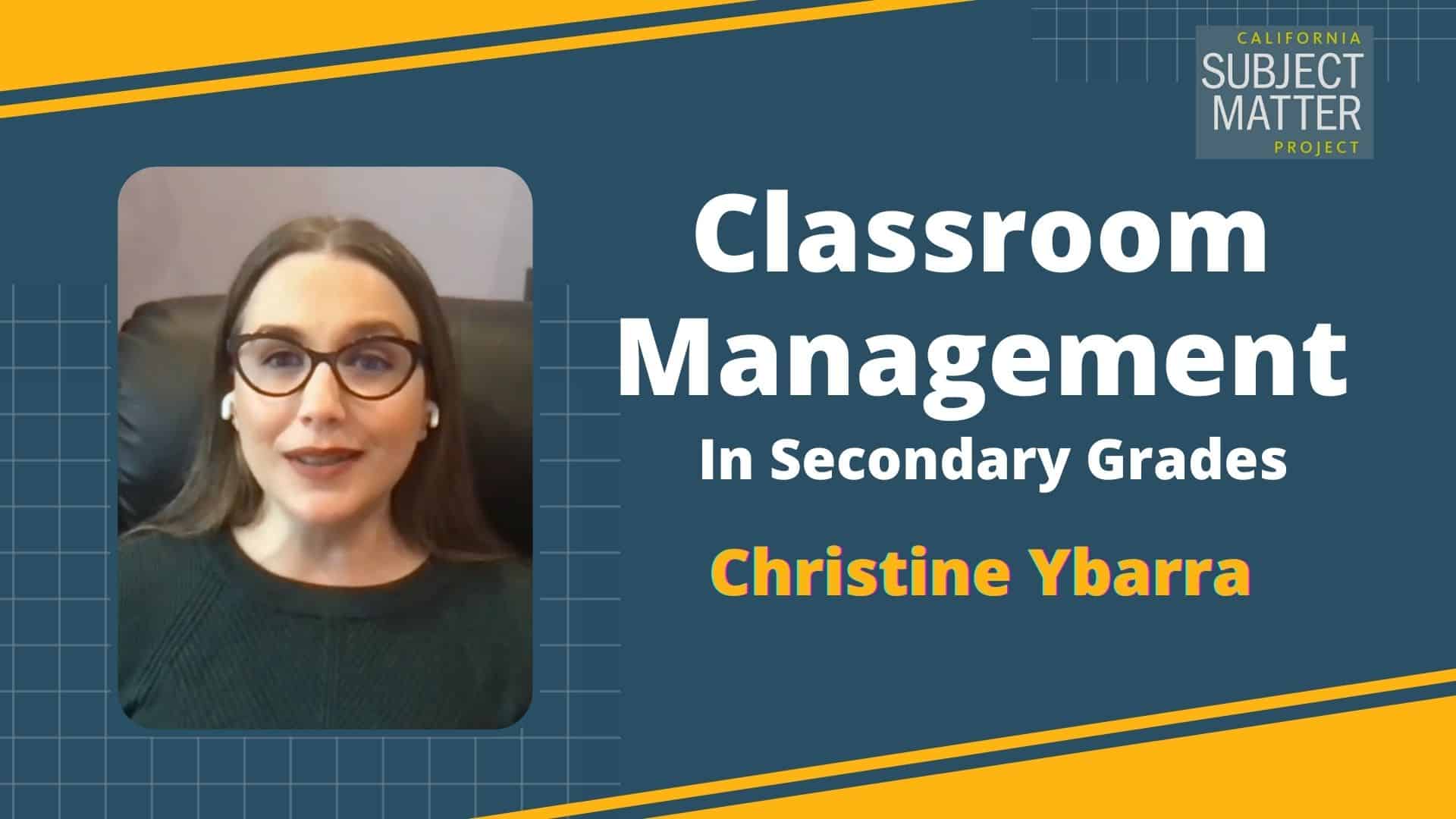
Classroom Management In Secondary Grades
Christine Ybarra, a teacher leader with the California Reading and Literature Project, offers valuable classroom management tips for secondary classrooms. She stresses the importance of clear expectations, engaging introductions, and consistency. Ybarra also advises on handling unforeseen challenges positively. Her insights empower teachers to improve classroom management for more effective teaching.
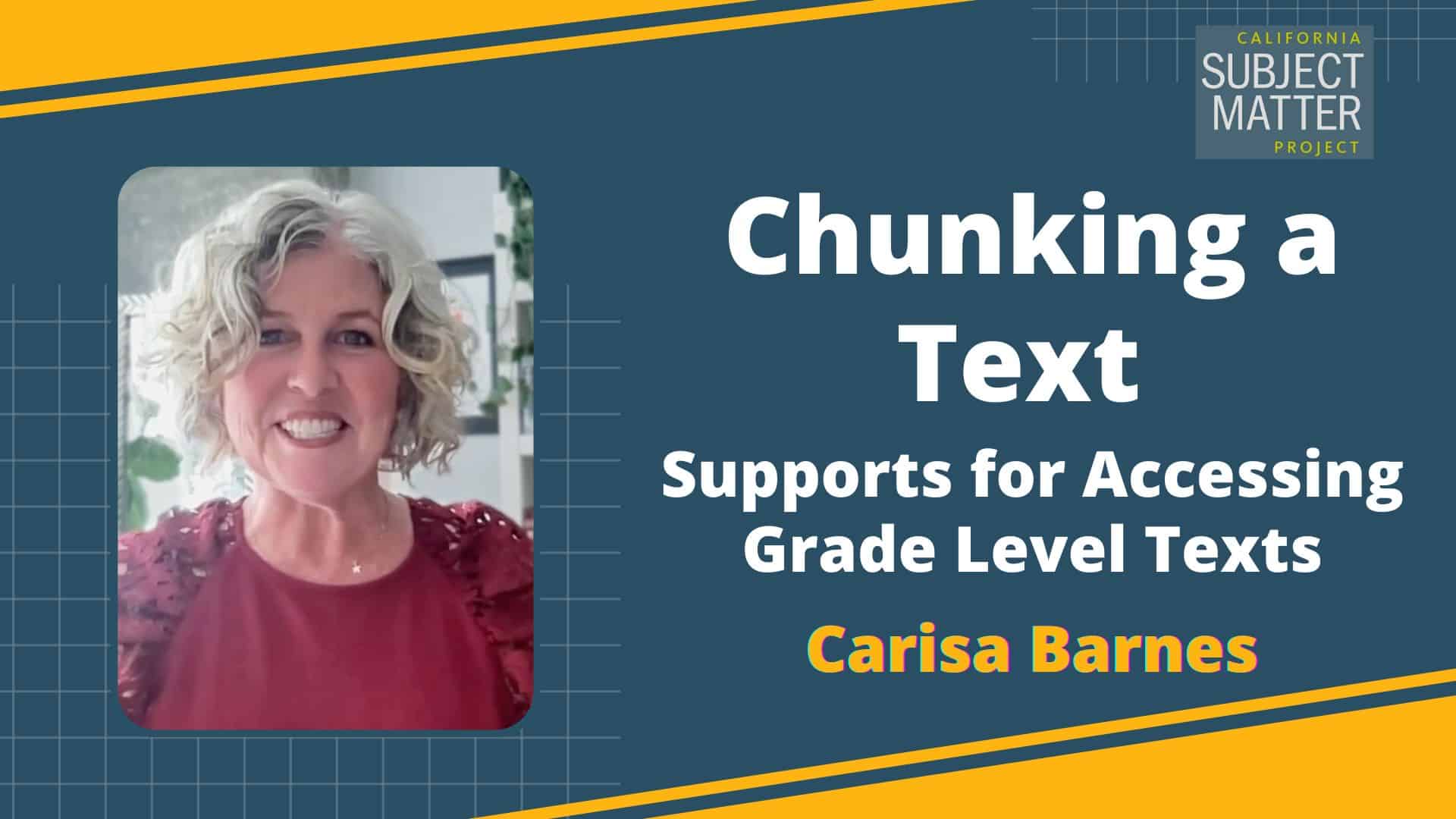
Chunking a Text: Supports for Accessing Grade Level Texts
Join Carisa Barnes, a seasoned Literacy Instructional Coach, to unlock the secret to conquering challenging texts with her strategy, “Chunking a Text.” Perfect for teachers in grades six through twelve, this technique can elevate reading comprehension in various subjects. Learn how to set reading purposes, craft engaging questions, and make sentences more manageable.
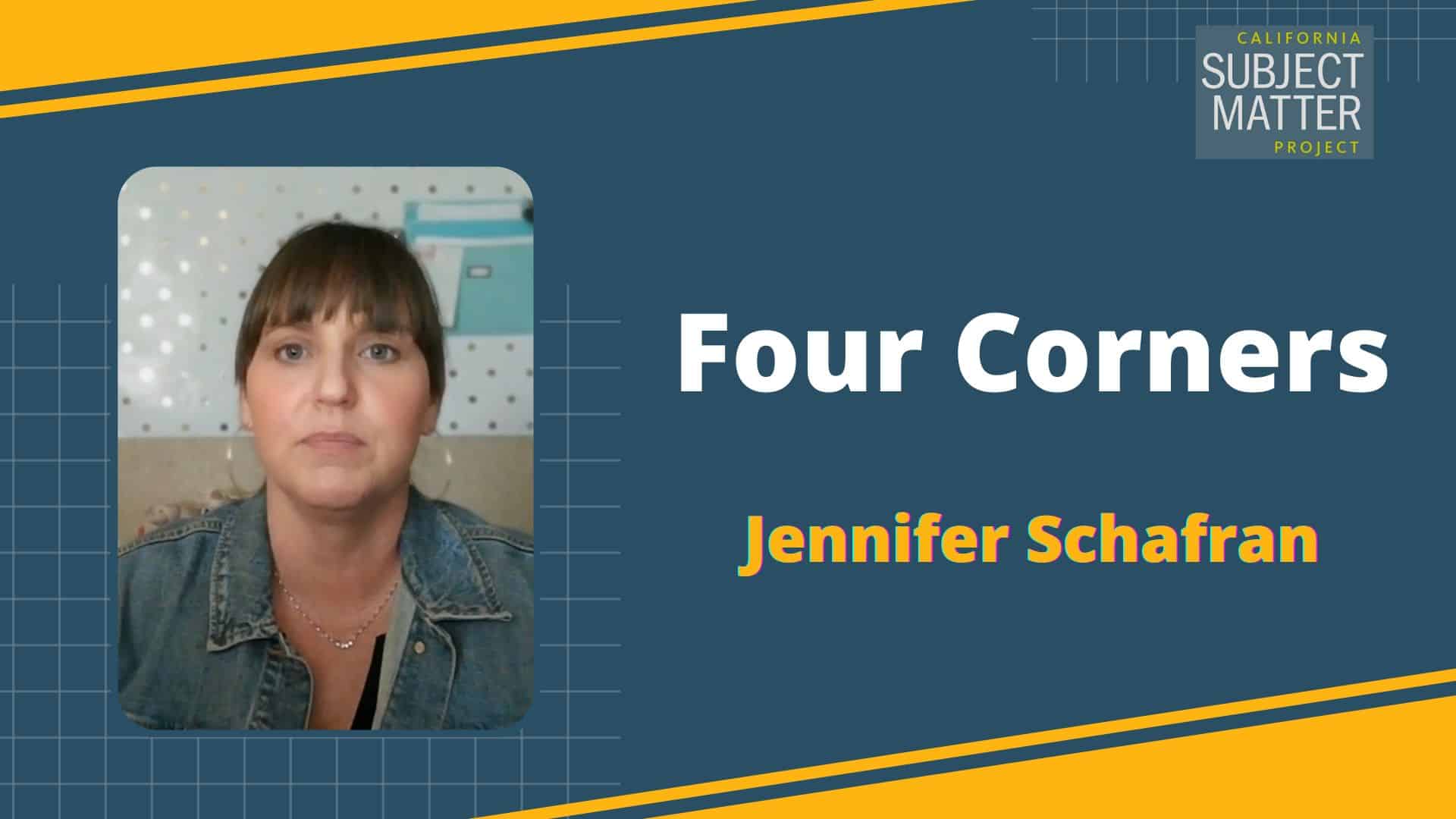
Four Corners
Discover the “Four Corners” activity with teacher leader Jennifer Schafran. This versatile classroom technique encourages active engagement and builds trust and community. It can be a quick five-minute exercise or an extended lesson based on debatable statements. Watch your students discuss, listen, and even change their minds while making learning interactive and enjoyable.
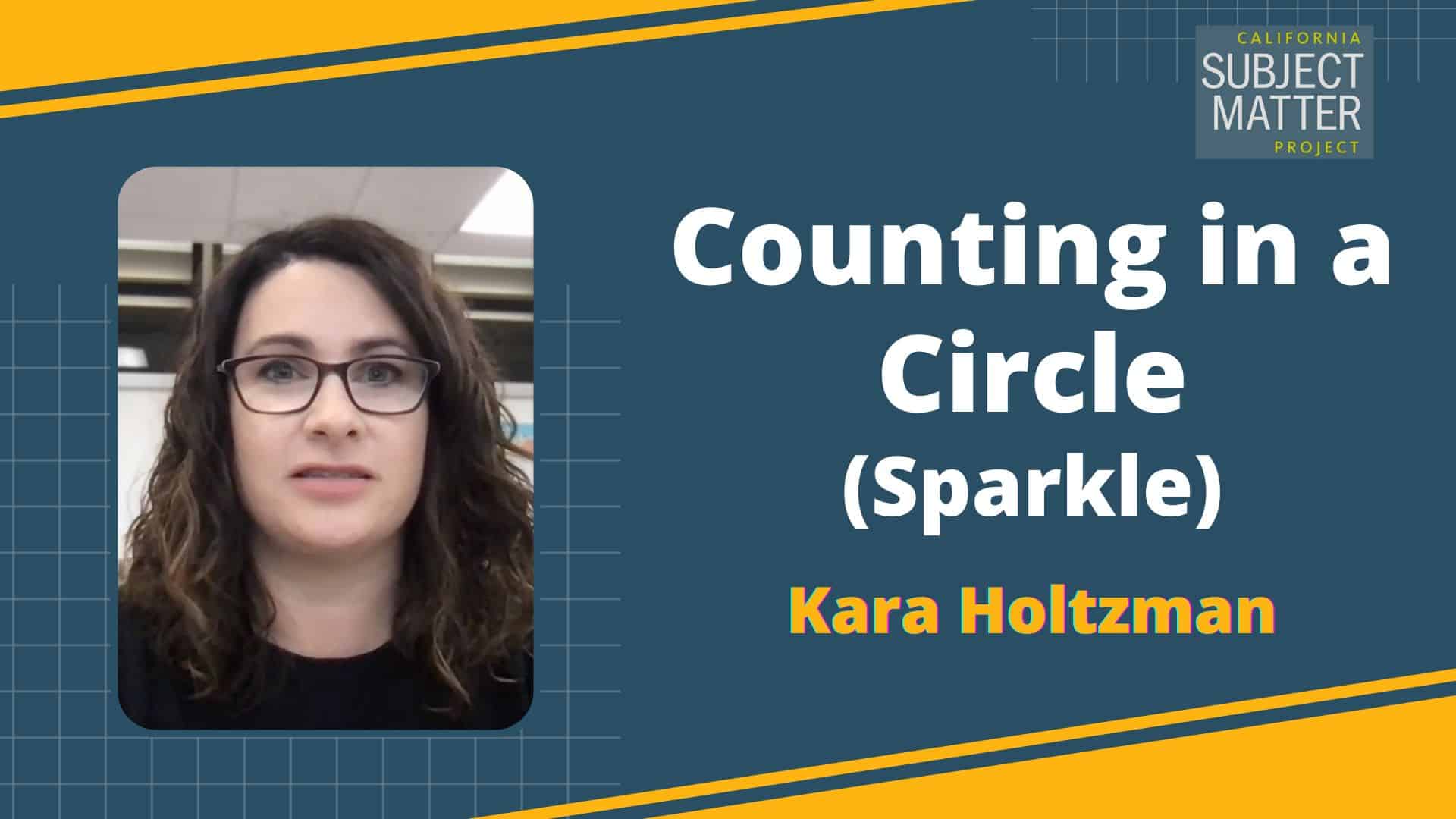
Counting in a Circle (Sparkle)
Learn the engaging “Counting in a Circle” or “Sparkle” activity from teacher leader Kara Holtzman. This versatile routine is perfect for practicing counting and can be adapted for all elementary grade levels. Discover how to use it for multiplication, skip counting, spelling, vocabulary, and more. Keep the pace fast and fun to boost fluency while building classroom camaraderie.
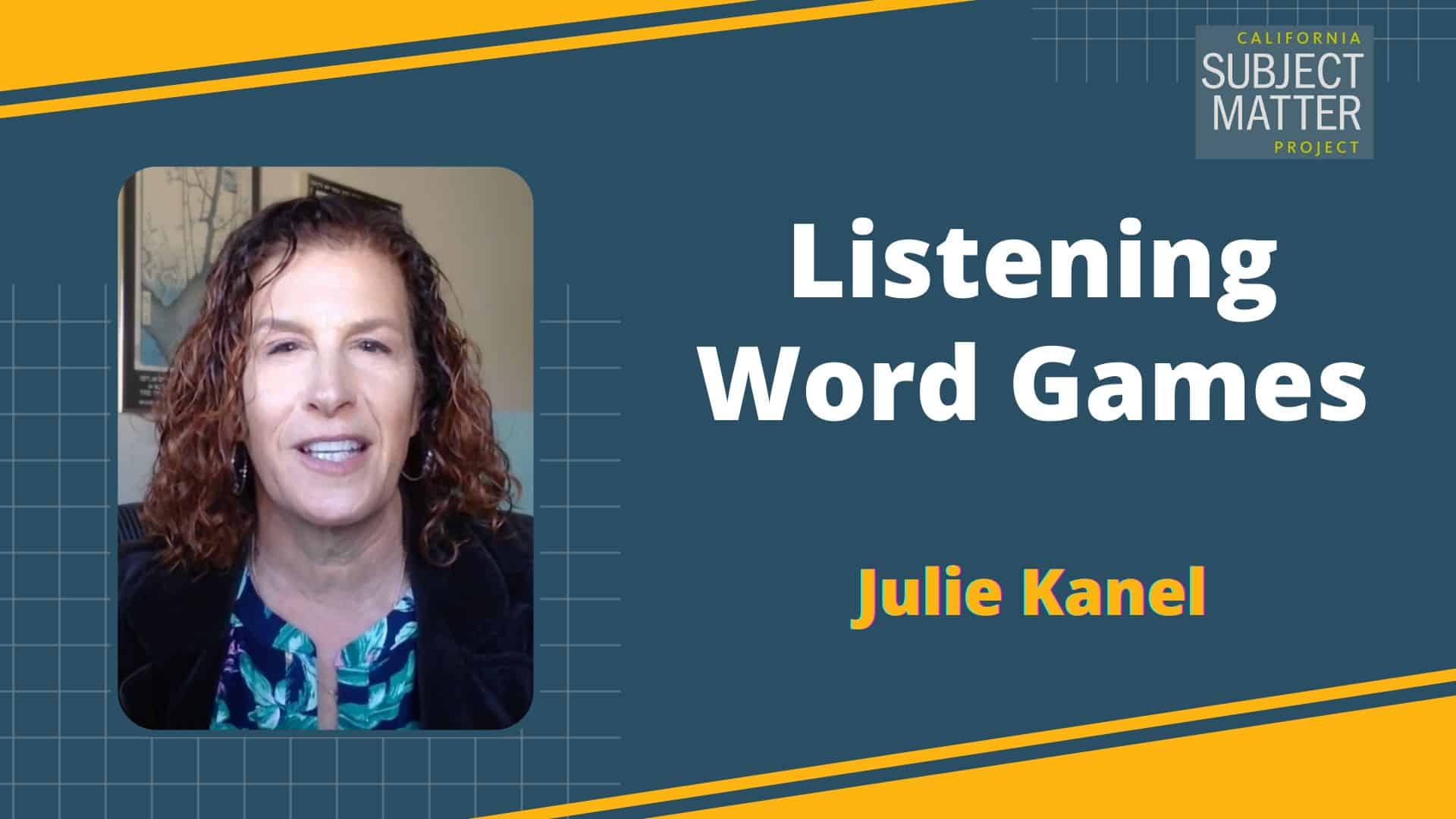
Listening Word Games
Julie Kanel, a reading specialist, shares three interactive “Listening Word Games” for young learners, promoting phonemic awareness. These games, suitable for grades TK to 2, help improve students’ reading and spelling skills. The activities include “I Spy” for beginning and ending sounds and rhyming, “Guess My Object” where students deduce the object based on clues, and “Rhyming Categories” to reinforce rhyming and sound discrimination. These games make phonics practice engaging and enjoyable.
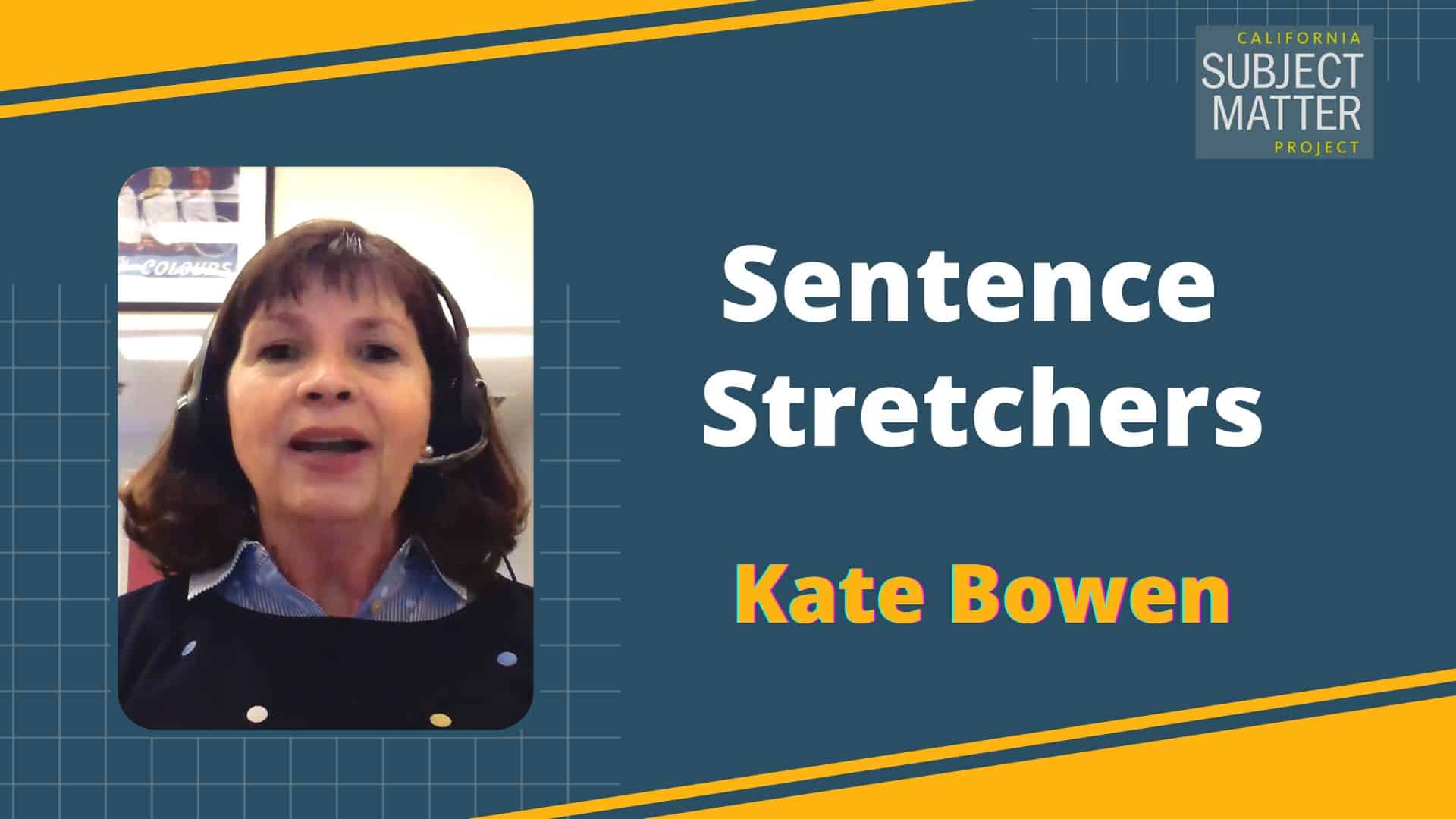
Sentence Stretchers
Kate Bowen, an experienced Elementary Consultant, shares an effective strategy called “Sentence Stretchers” to enhance students’ writing skills. Using four sentence strips labeled A, B, C, and D, students construct detailed sentences by adding descriptors and rearranging the strips for variety. This approach improves writing quality, engages students in creative sentence construction, and suits various grade levels.
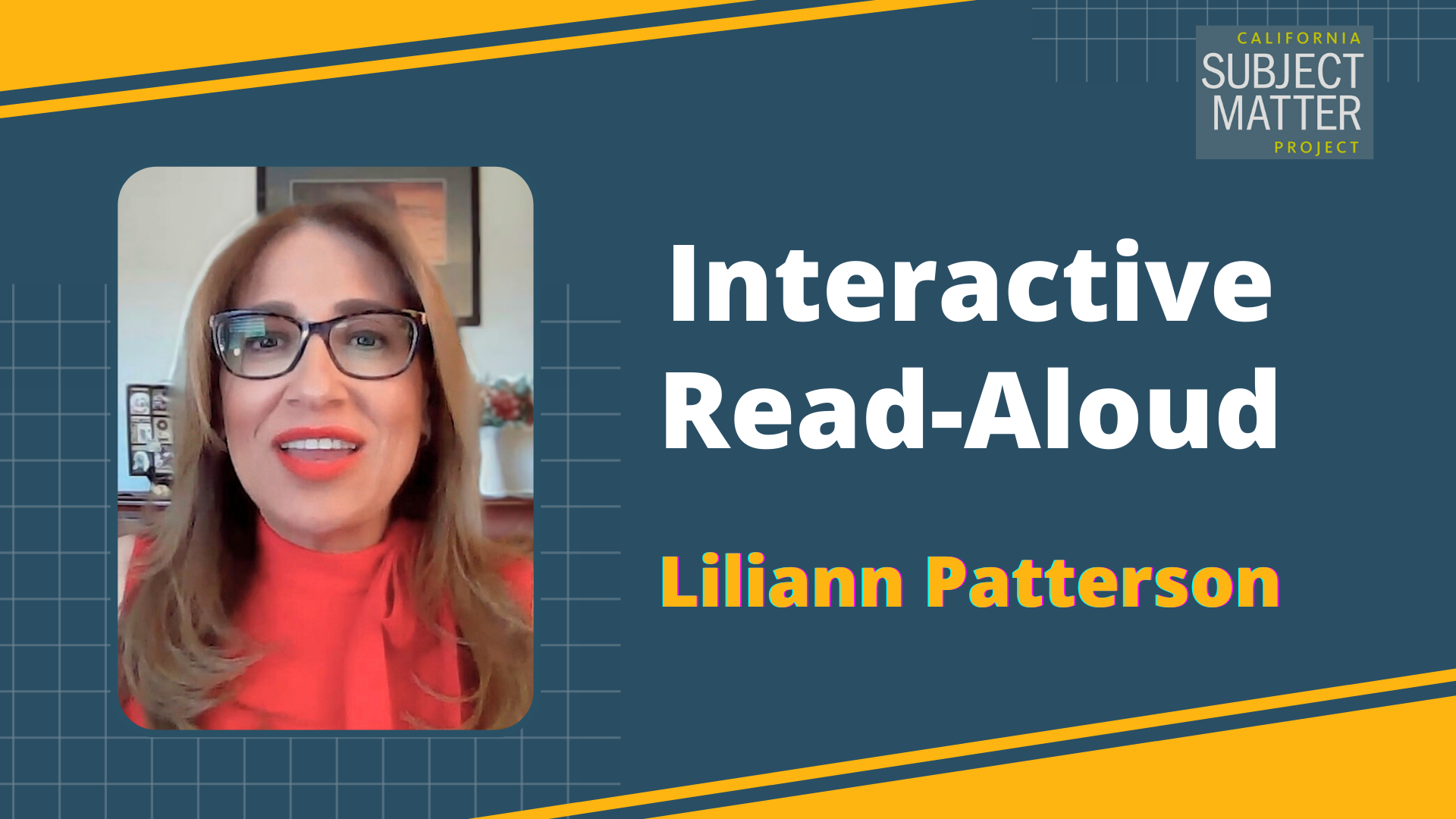
Interactive Read-Aloud
Dr. Liliann Patterson, third grade teacher at Westmorland Union Elementary, tells us how to use the “Interactive Read-Aloud” activity to help students learn, use, and practice new language through meaningful conversations.
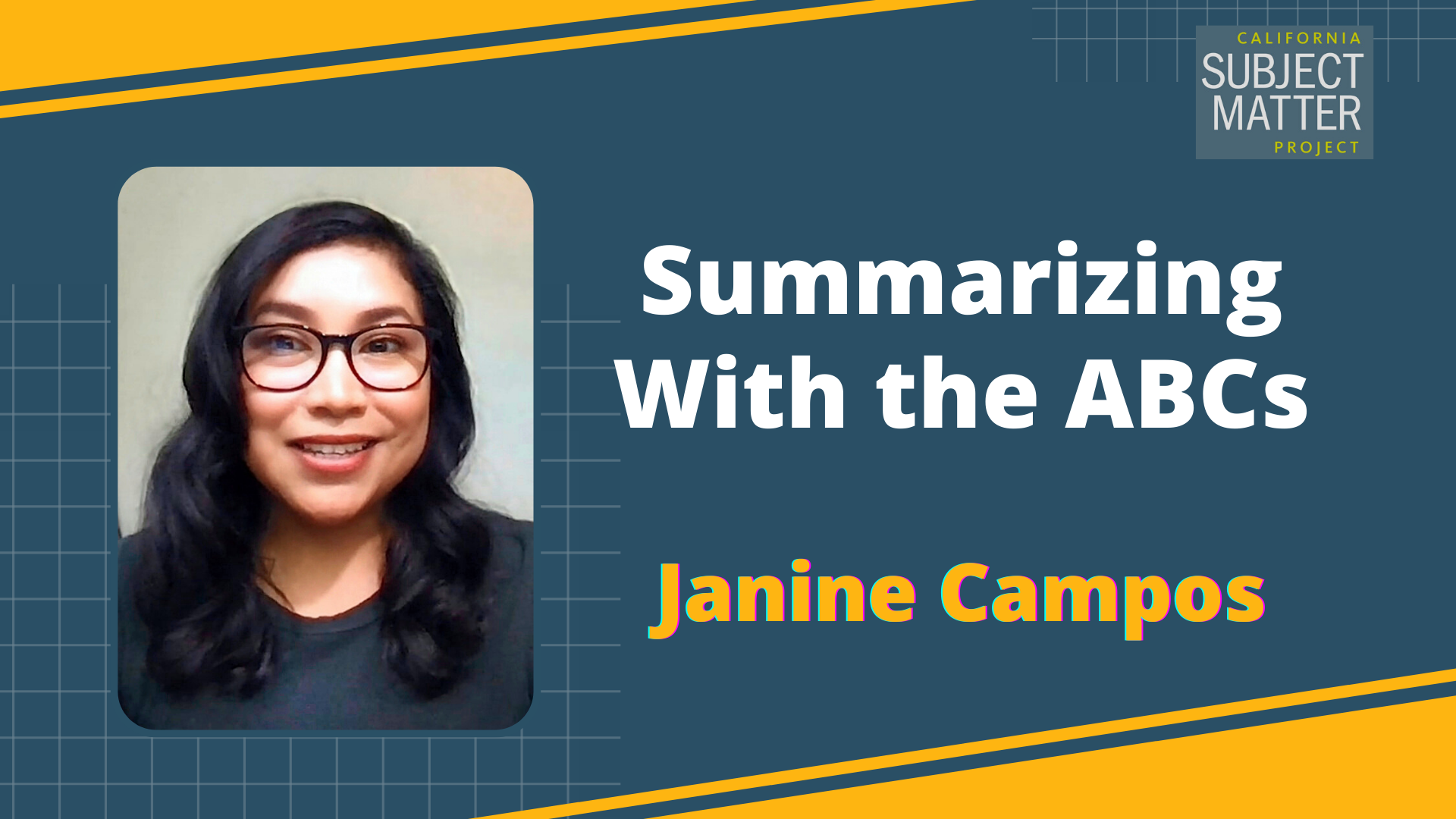
Summarizing with the ABCs
Janine Campos, language arts specialist in the National School District, tells us how to use the “Summarizing with the ABCs” activity to help students identify and differentiate between the minor and major details of a text.
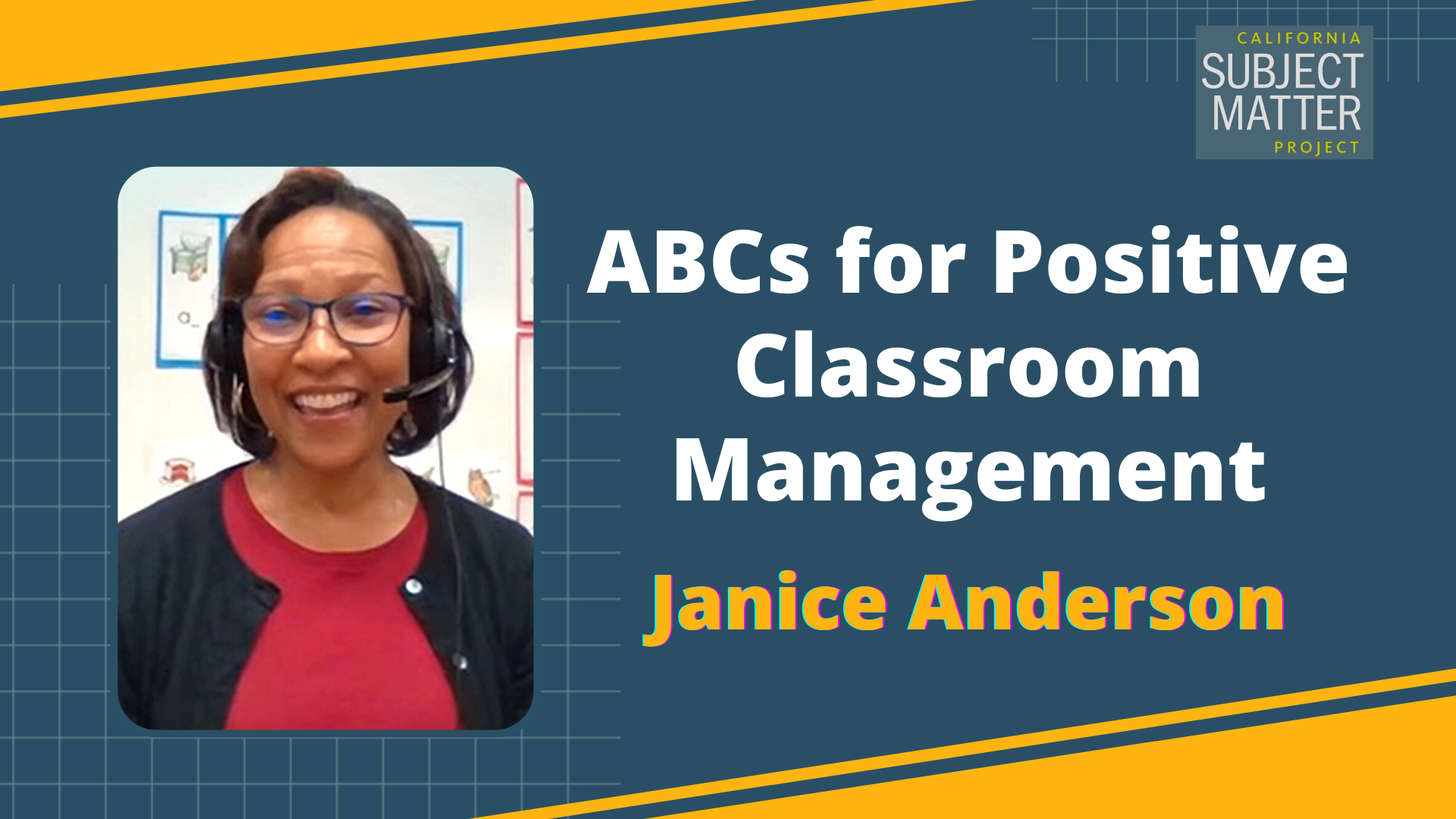
ABCs for Positive Classroom Management
Janice Anderson, a primary grade resource teacher at Encanto Elementary School, tells us how to apply the “ABCs for Positive Classroom Management” strategies to create a safe learning environment that allows for students and teachers to interact and engage in a positive way.
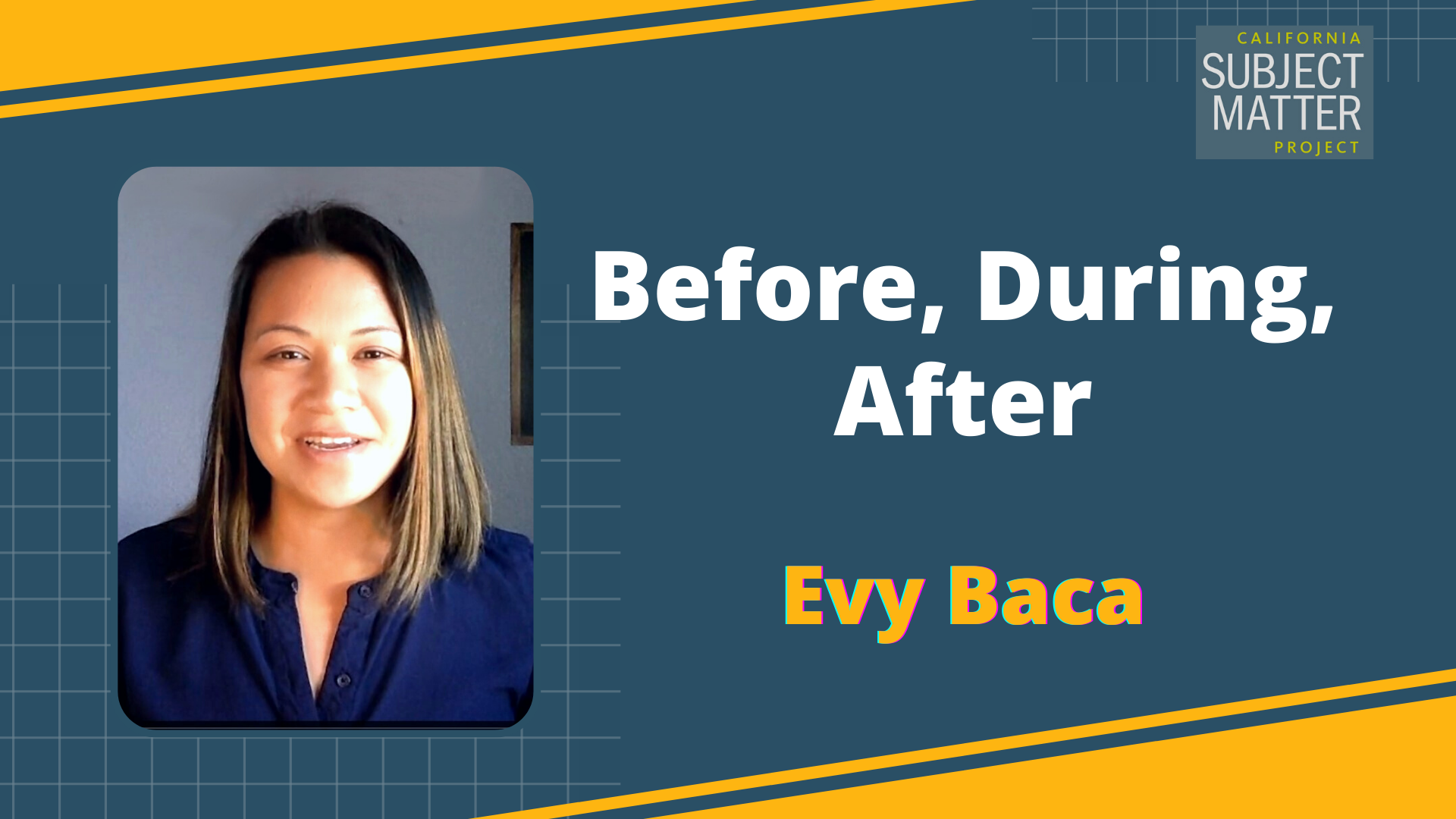
Before, During, After
Evy Baca, kindergarten teacher in the National School District, tells us how to incorporate the “Before, During, and After” activity when doing a read aloud to build students’ vocabulary and support their reading comprehension.
California Global Education Project
Learn about high leverage skills, tools, and strategies from master teachers with California Global Education Project.

The Turn and Talk
Daina Yousif Weber, English and AVID teacher in San Diego Unified School District, tells us how to apply the “Turn and Talk” strategy to empower students to make their own meaning by exploring open-ended questions, sharing their thoughts and perspectives, and building upon each other’s ideas.
California Mathematics Project
Learn about high leverage skills, tools, and strategies from master teachers with California Mathematics Project.
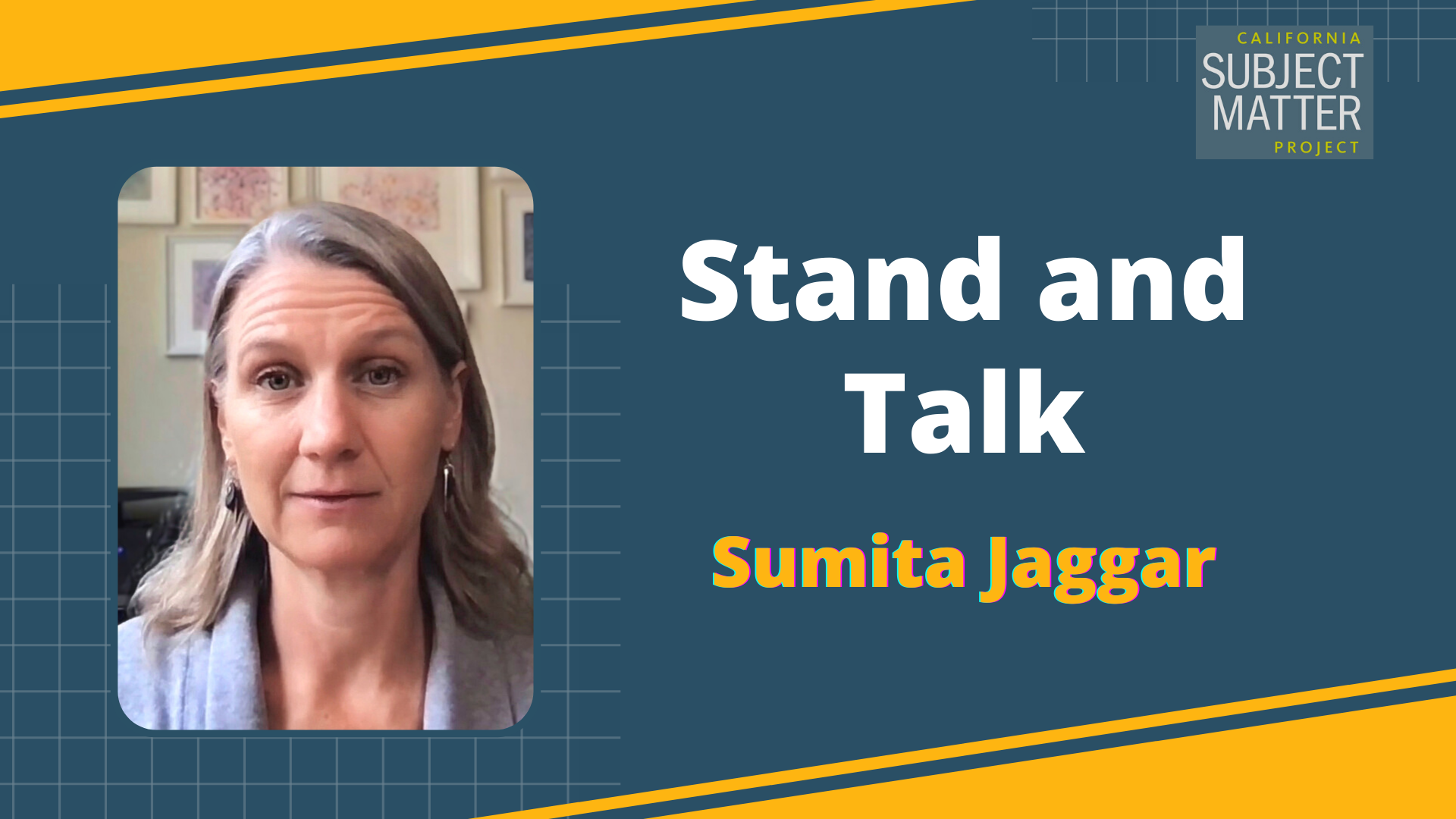
Stand and Talk
Sumita Jaggar, teacher leader with the Monterey Bay Area Math Project, tells us how to use the “Stand and Talk” activity to engage students in conversations about math concepts or ideas that provide them with enough base understanding to tackle a problem.
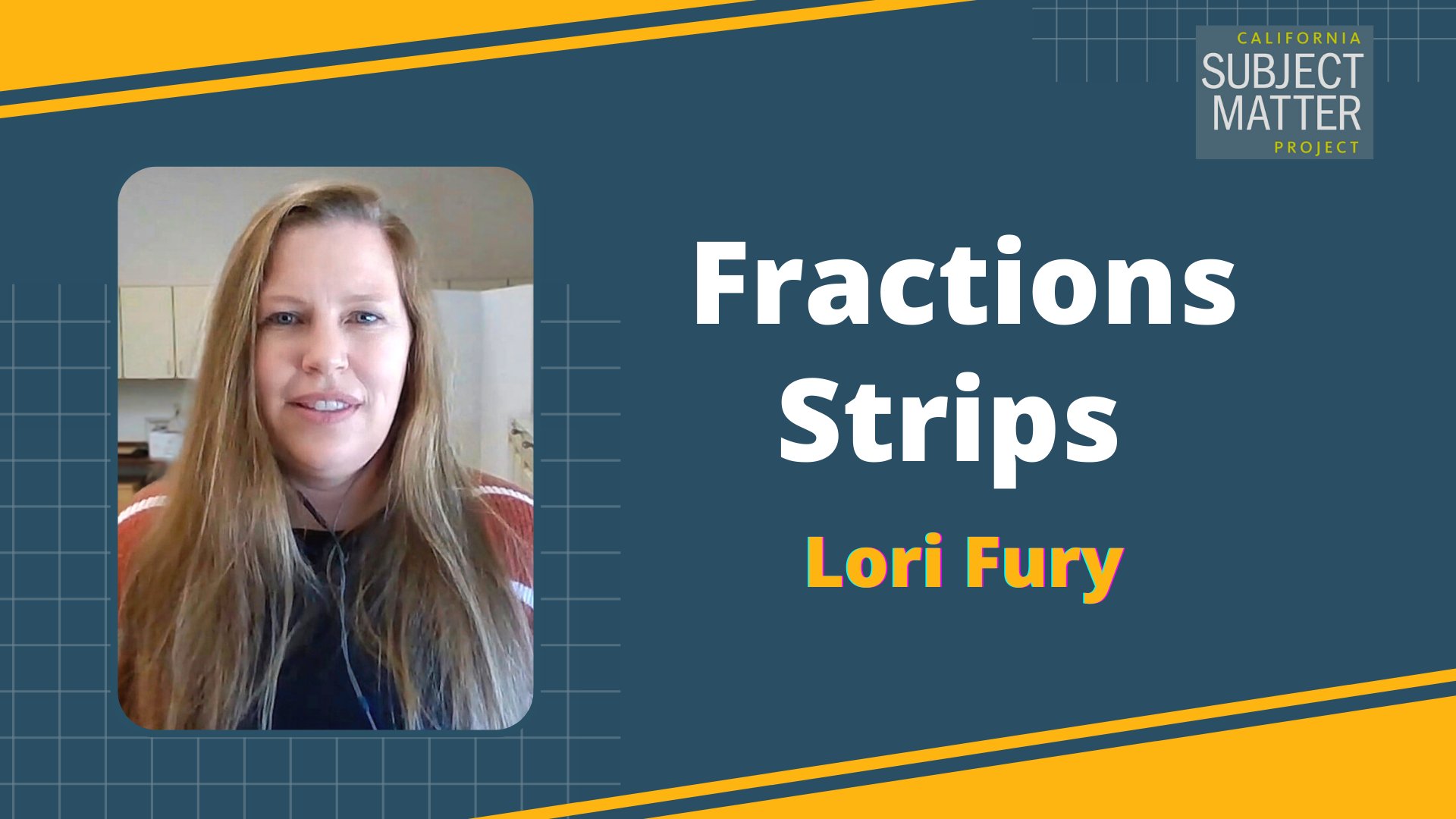
Fractions Strips
Lori Fury, math teacher in Western Placer Unified School District, tells us how to use the “Fraction Strips” activity to help students build their understanding of what a fraction is and how various fractions compare to one another.
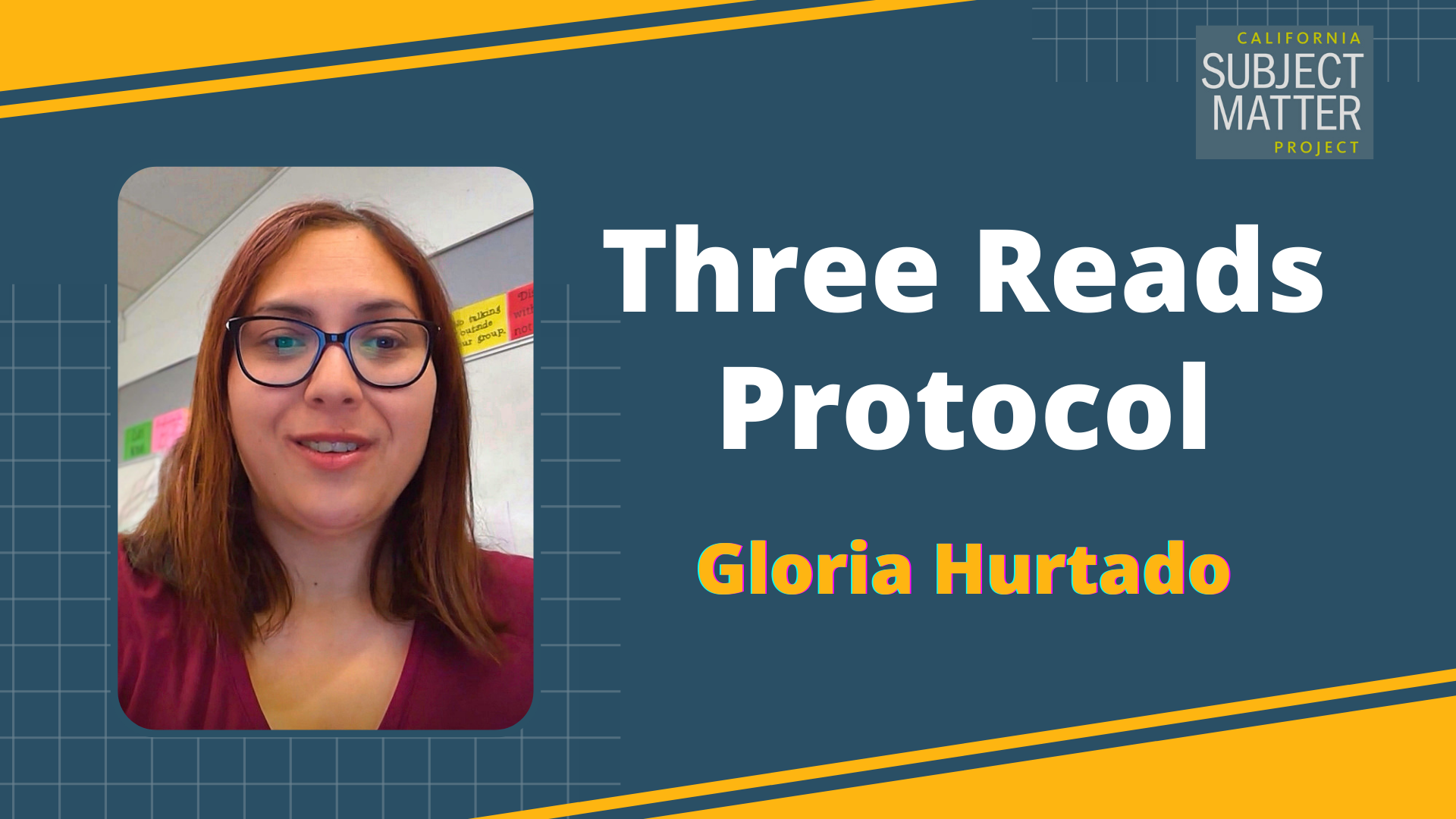
Three Reads Protocol
Gloria Hurtado, 8th grade math teacher at Hillsborough Junior High School, tells us how to utilize the “Three Reads Protocol” to help students better understand what a math word problem is asking them to do.
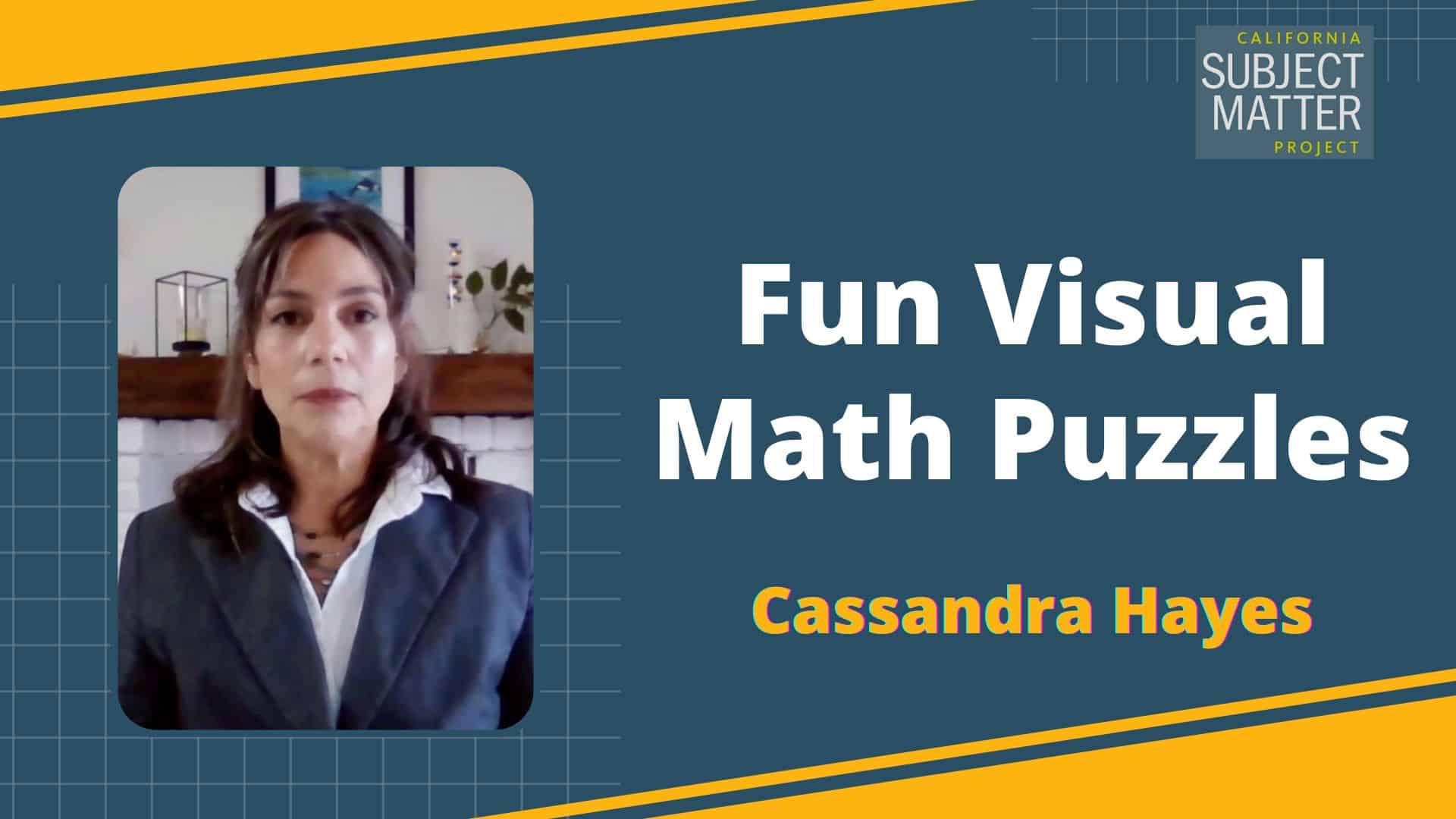
Fun Visual Math Puzzles
Join Cassandra Hayes, a math teacher in Fortuna Elementary School District, Fortuna, California, and a teacher consultant for the Redwood Writing Project, as she introduces an exciting math lesson to build algebraic thinking skills using “Visual Emoji Math Puzzles.” Suitable for third grade through high school, this math lesson fosters algebraic thinking. Replace variables with emojis for a fun twist.
California Science Project
Learn about high leverage skills, tools, and strategies from master teachers with California Science Project.
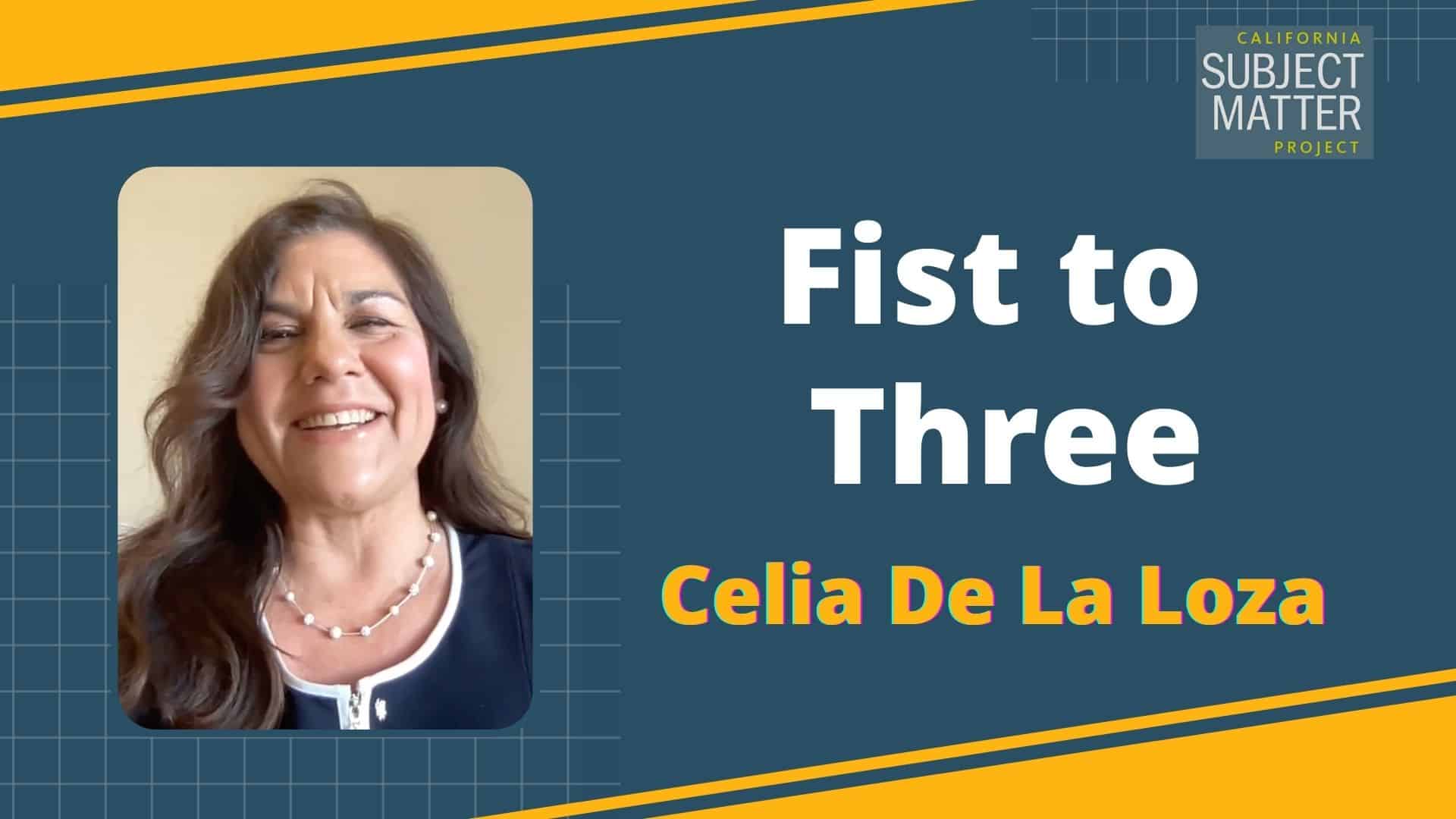
Fist to Three
Celia De La Loza, TK-5 teacher at Valencia Academy of the Arts, tells us how to apply the simple “Fist to 3” strategy to help teachers quickly gauge student understanding across any content area or activity.
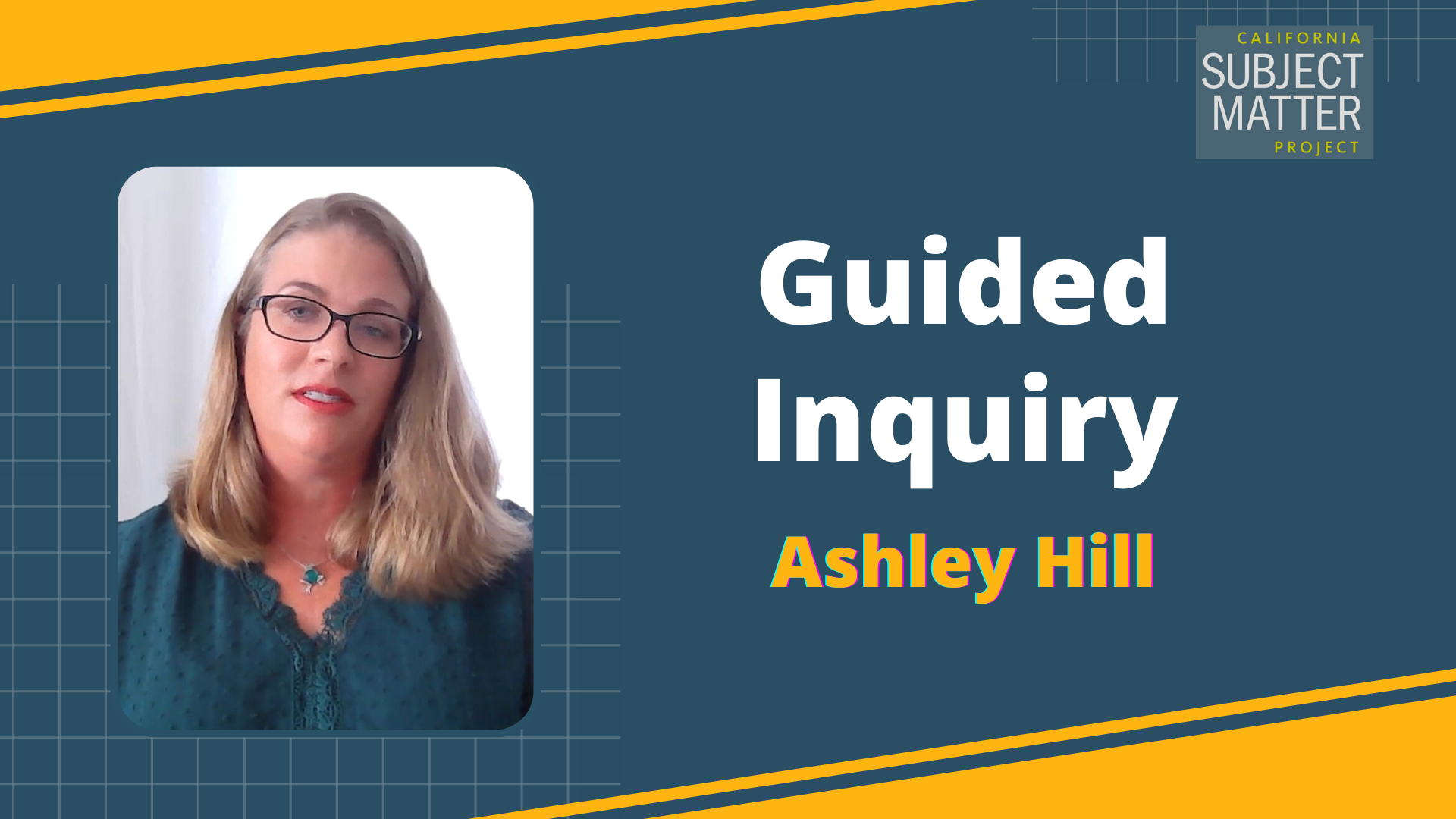
Guided Inquiry
Learn how to use the “Guided Inquiry” process as an engaging way to introduce a new topic and promote higher-level thinking with students.

Ask Small Questions First
Kyle Dimla, a high school environmental science and
biology teacher, shares how he generates engagement and discussion in the classroom by asking small questions and using the see, think, and wonder framework.
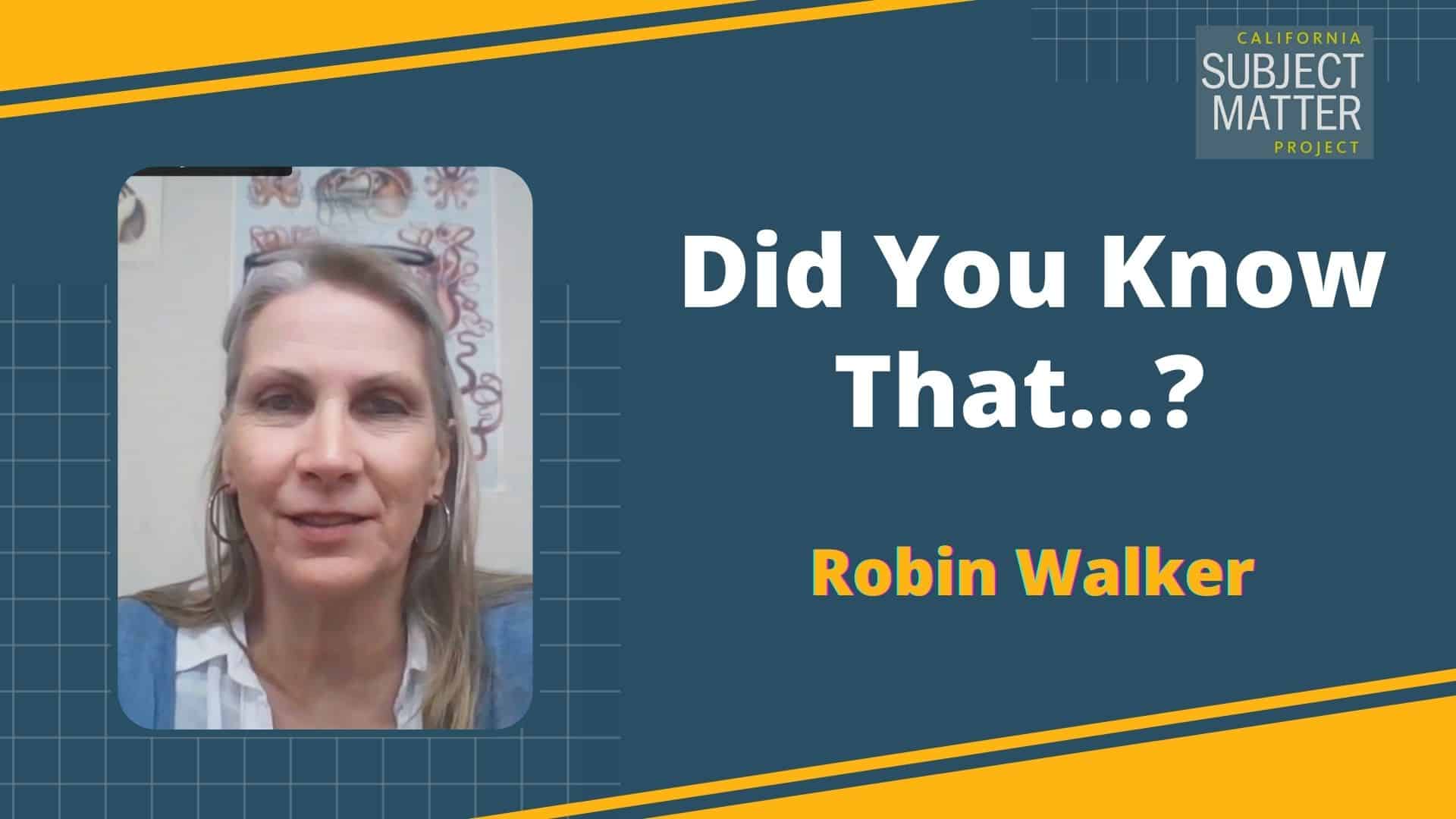
Did You Know That…?
Robin Walker, an educator from the Santa Maria-Bonita School District, shares the “Did You Know That..?” activity, a powerful tool for connecting with students from second grade to high school. In this simple exercise, students write freely in small notebooks, sharing thoughts, concerns, or experiences. The teacher responds, fostering open communication and building trust. It’s about giving students a voice and nurturing meaningful connections in the classroom.
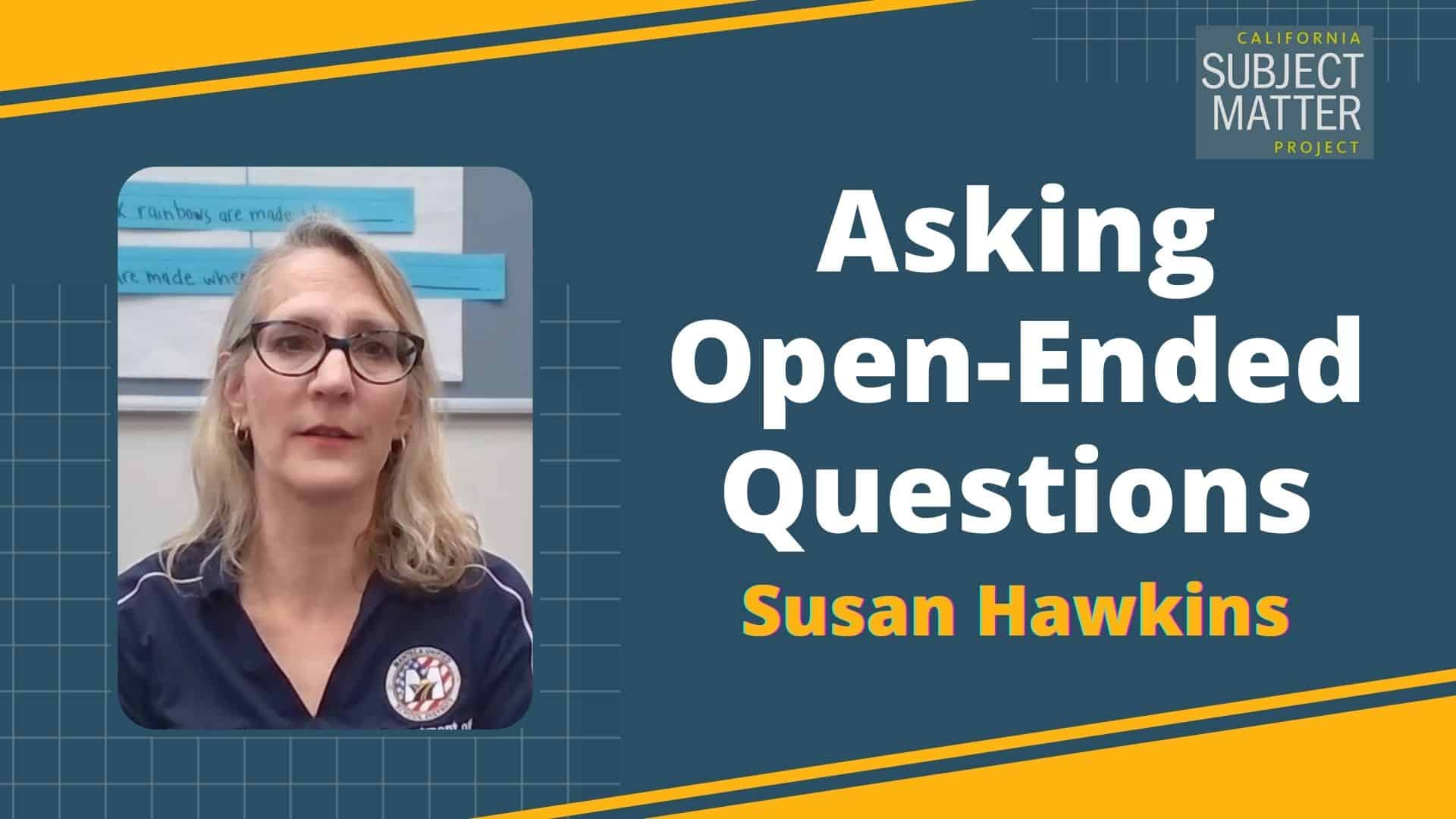
Asking Open-Ended Questions
In this video, Dr. Susan Hawkins introduces the impactful instructional practice of asking open-ended questions. This approach encourages deeper thinking among students by placing value on their ideas and fostering their capacity to build knowledge.
California History-Social Science Project
Learn about high leverage skills, tools, and strategies from master teachers with California History-Social Science Project.
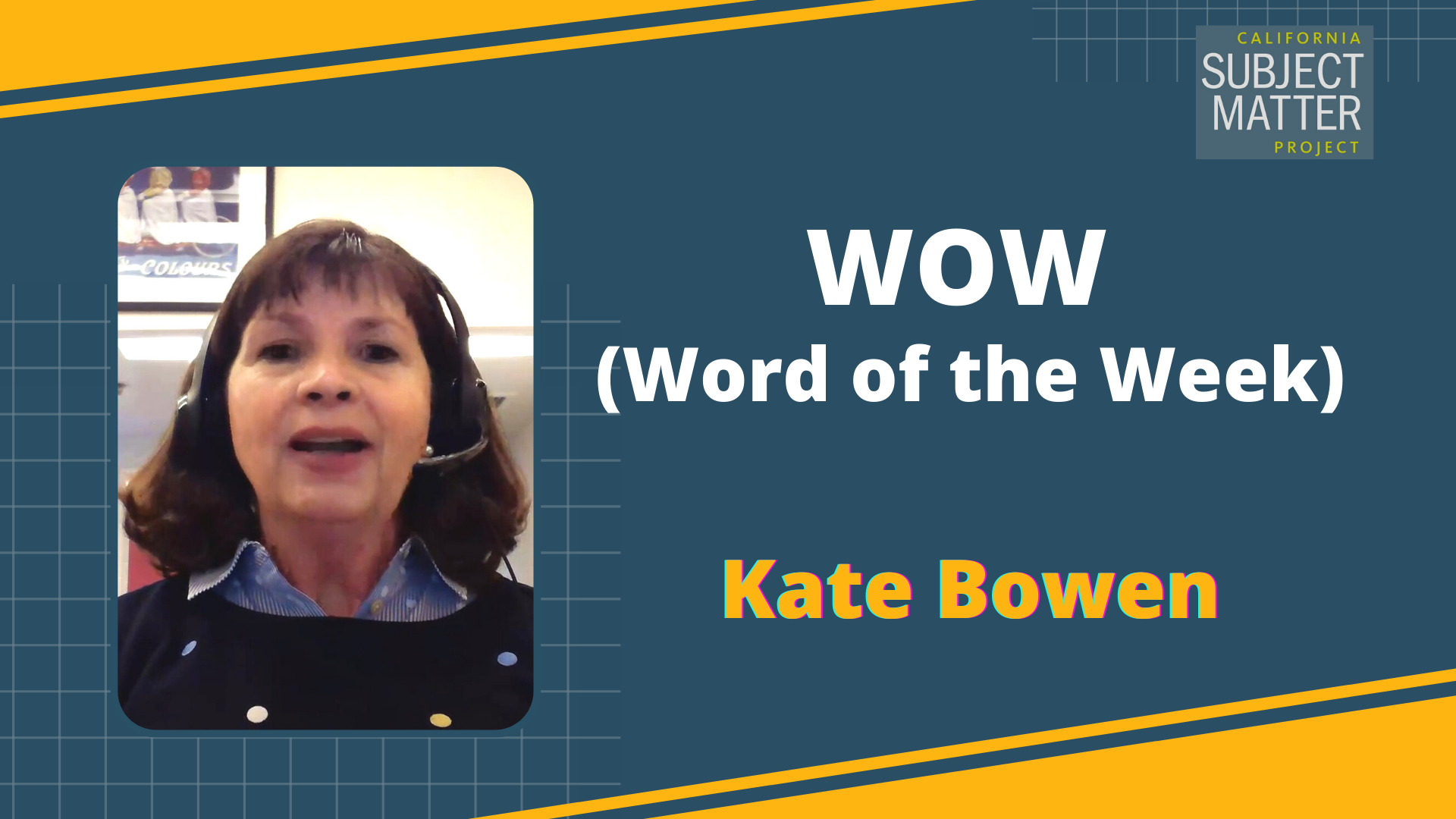
WOW (Word of the Week)
Kate Bowen, retired elementary school teacher for the Davis Joint Unified School District, tells us how to use the “WOW (Word of the Week)” activity to channel students’ creativity in learning new vocabulary and developing their writing skills.
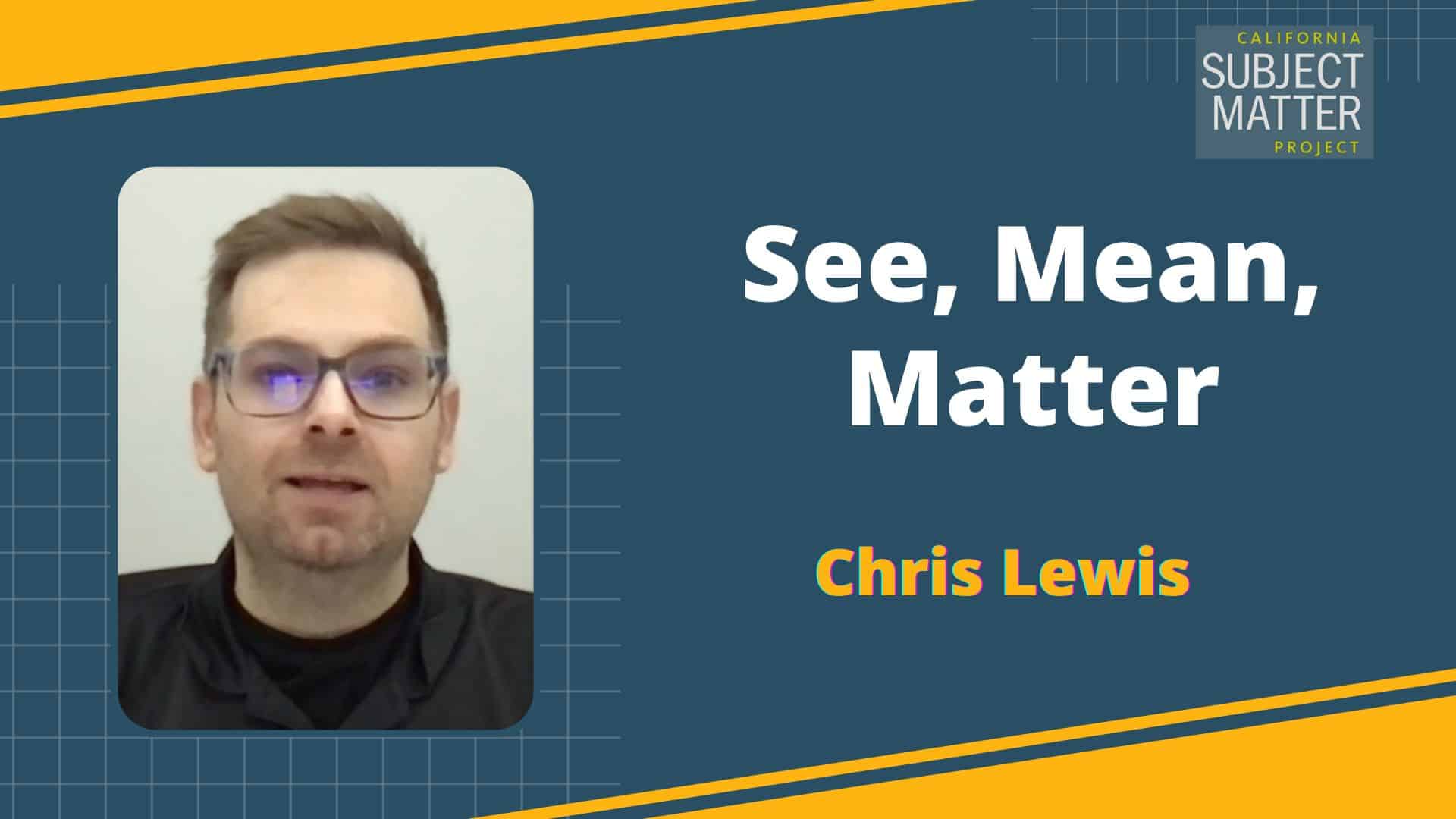
See, Mean, Matter
Chris Lewis, an educator at Mountain View High School in El Monte, introduces the “See, Mean, Matter” strategy for analyzing political cartoons. This approach guides students through three steps: understanding the historical context, dissecting artistic techniques, and deciphering the cartoon’s message. This strategy enhances media literacy by helping students decode visual messages.
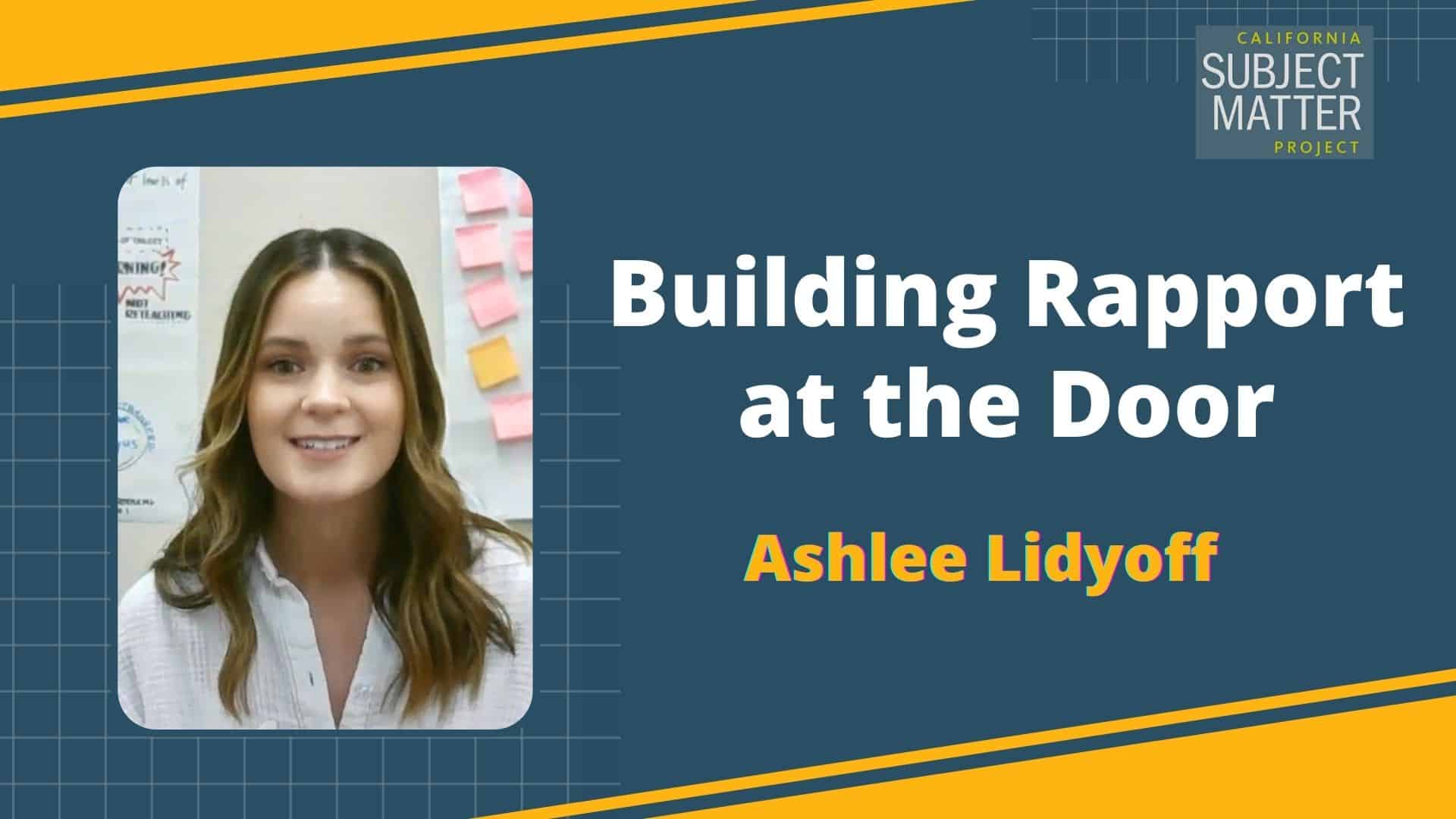
Build Rapport at the Door
Ashlee Lidyoff, an academic coach, shares the impactful strategy of “Building Rapport at the Door.” Greeting students by name as they enter your classroom fosters a positive and supportive learning environment. This technique, suitable for all grade levels, particularly benefits middle and high school students. It sets a tone of positivity, helps you connect with students, and allows for emotional check-ins, enhancing the overall classroom experience.
California World Language Project
Learn about high leverage skills, tools, and strategies from master teachers with California World Language Project.
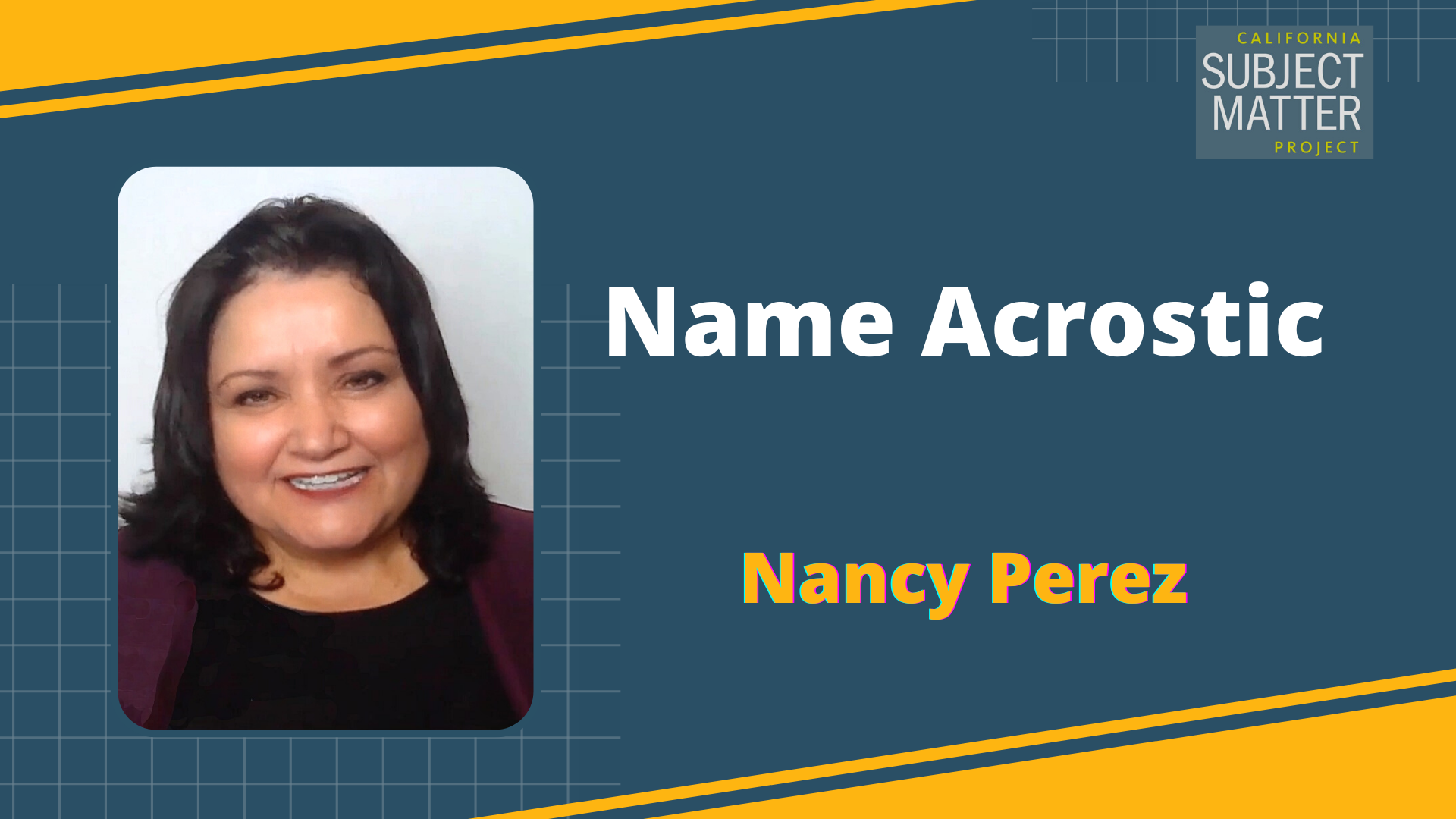
Name Acrostic
Nancy Perez, Spanish teacher at El Diamante High School, tells us how to use the “Name Acrostic” activity to encourage students to talk about and share their identity in a creative way.
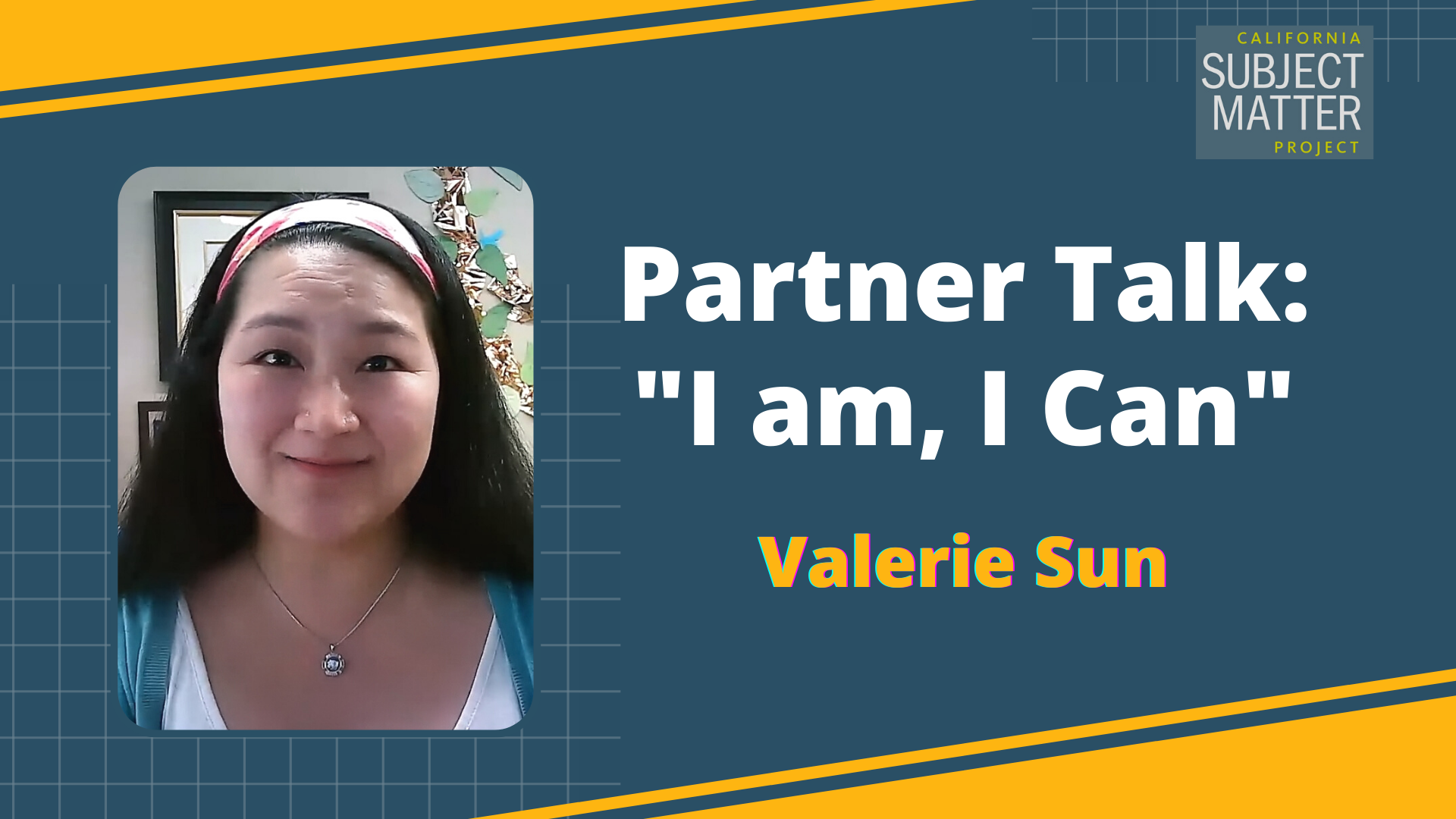
Partner Talk: “I am, I Can”
Valerie Sun, teacher specialist at Glendale Unified School District, tells us how to apply the “Partner Talk” strategy to help students practice using instructional language to talk about themselves in a low stakes environment.

Four Corners
Discover the “Four Corners” activity with teacher leader Jennifer Schafran. This versatile classroom technique encourages active engagement and builds trust and community. It can be a quick five-minute exercise or an extended lesson based on debatable statements. Watch your students discuss, listen, and even change their minds while making learning interactive and enjoyable.

The One-Pager Activity
Jenée Fawson, a Spanish teacher, introduces “The One-Pager,” a versatile teaching tool. It’s a single-page activity where students visually summarize key lesson concepts using symbols and words. This strategy works for various subjects and grade levels, fostering creativity and engagement while being easy for teachers to implement. “The One-Pager” is an effective, adaptable resource for educators.
California Writing Project
Learn about high leverage skills, tools, and strategies from master teachers with California Writing Project.
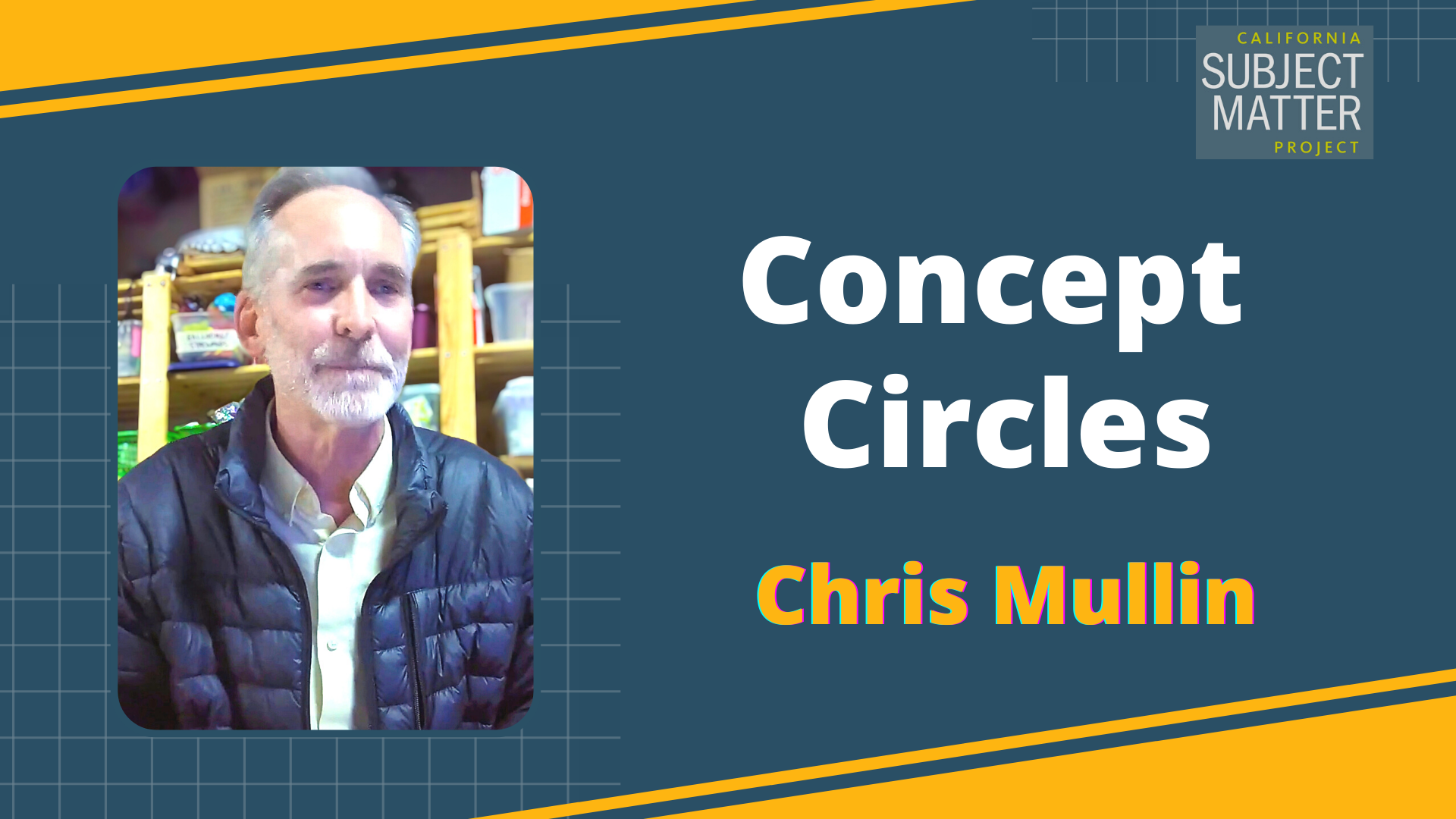
Concept Circles
Chris Mullin, high school history teacher in the Santa Ynez Valley Union High School District, tells us how to leverage the “Concept Circles” activity to help students communicate their understanding of key words and concepts, and how their selected terms relate to a larger theme.
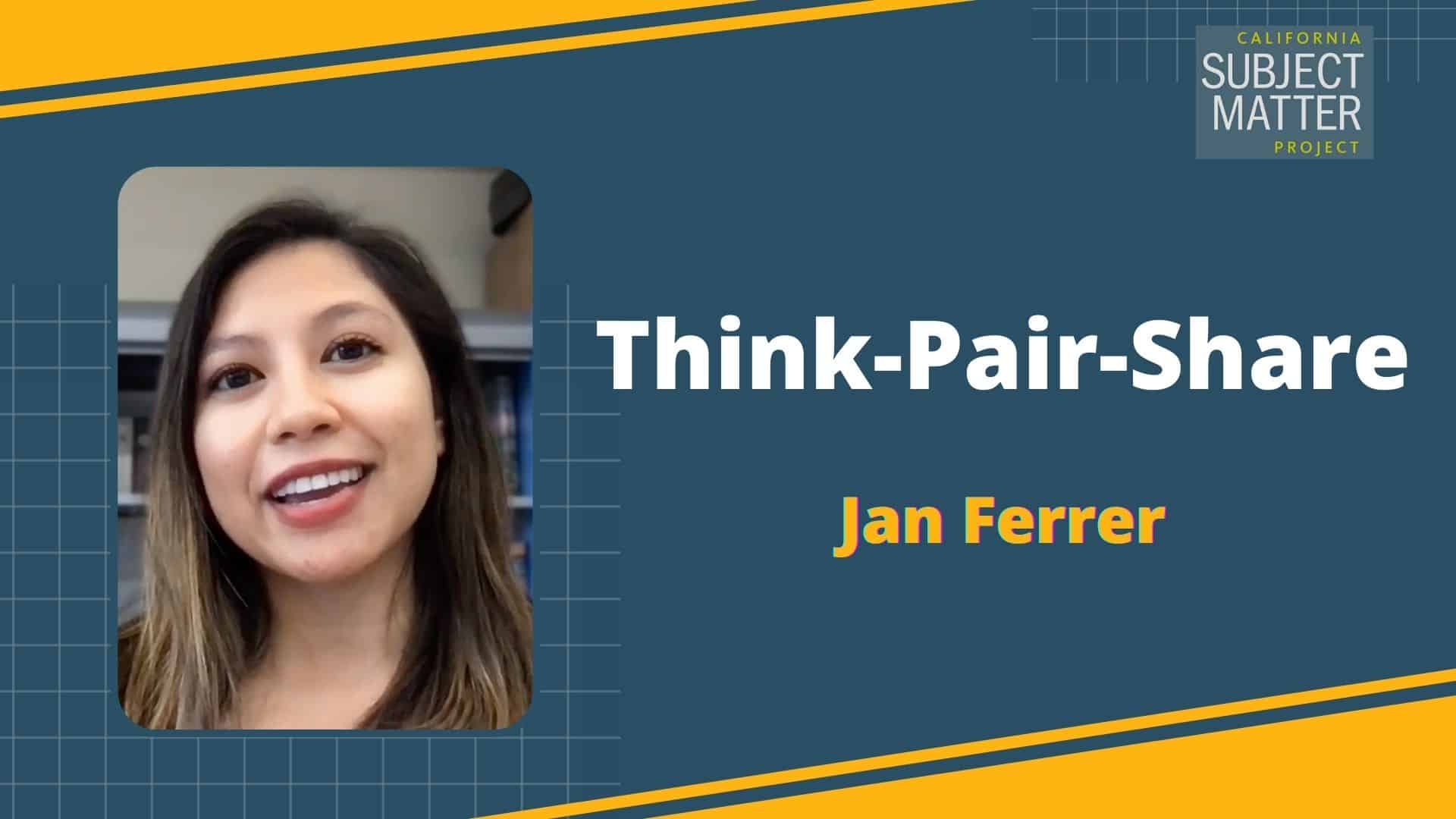
Think-Pair-Share
Unleash the potential of “Think-Pair-Share” with Jan Ferrer, a seasoned teacher and consultant. This dynamic routine amps up class discussions, promoting active engagement, collaboration, and critical thinking. Jan’s approach adapts to any grade level, subject, or class size, making it a versatile tool for both traditional and virtual classrooms. Elevate your teaching game with this proven technique!
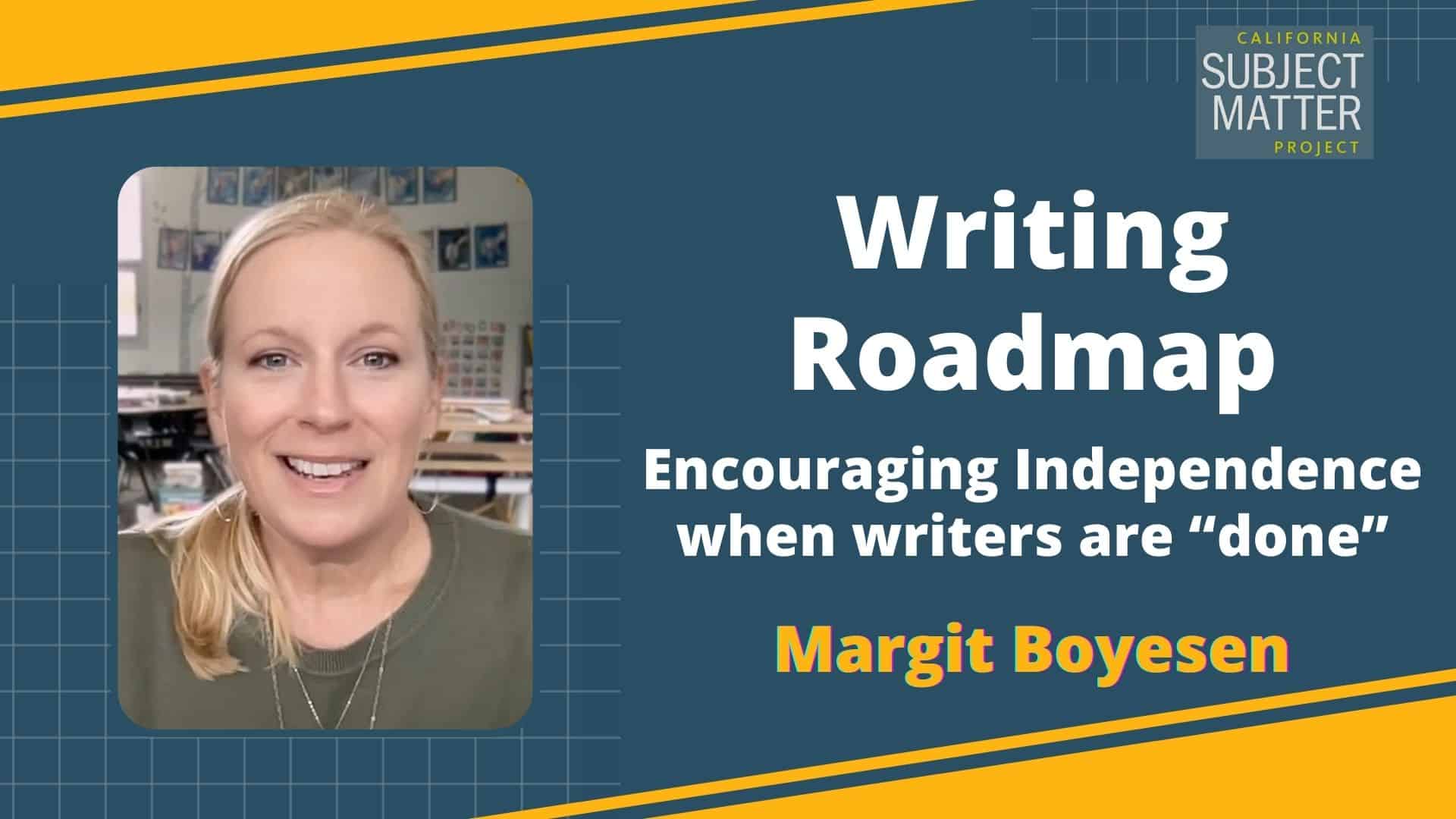
The Writing Roadmap
Explore “The Writing Roadmap” with Margit Boyesen, a second-grade teacher from Cardiff Elementary in Cardiff, California. This powerful tool guides students through the writing process, from drafts to revisions. Whether it’s a narrative or a research report, this roadmap ensures students stay on track.
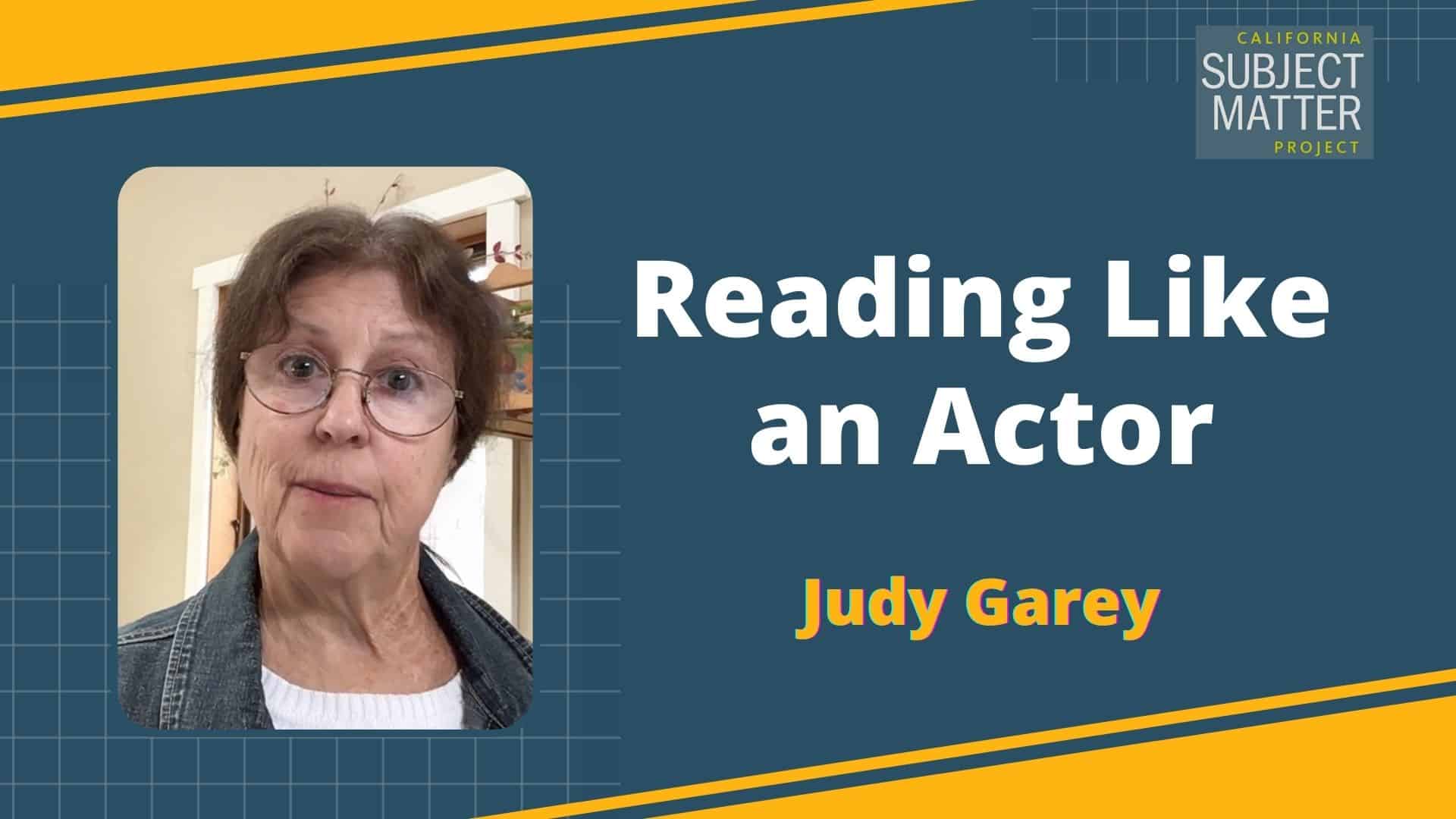
Reading Like an Actor
Discover an exciting reading strategy with Judy Garey, an author and theater professor from Ventura College. Inspired by acting techniques, this approach delves into character evidence and biographies, bringing literature to life for middle and high school students. Enhance reading and writing skills while fostering a deeper connection with texts. Join Judy for creative teaching insights!
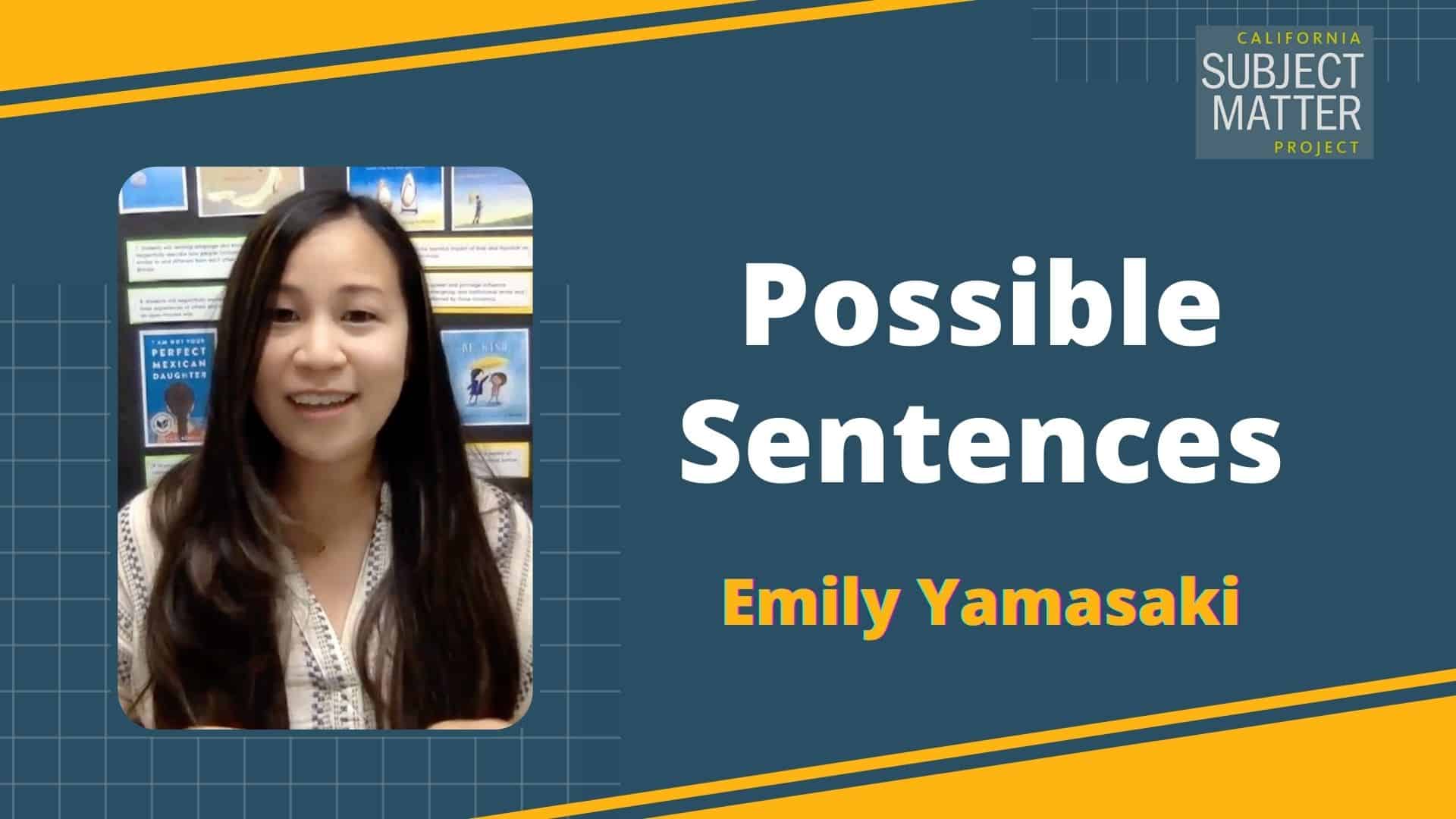
Possible Sentences
Join Emily Yamasaki, an instructional coach, in discovering “Possible Sentences,” an engaging pre-reading strategy suitable for grades 2 to 8. This no-prep approach helps students predict content and activate prior knowledge. Emily shares valuable tips to optimize this strategy, including word selection and post-reading activities, making it an efficient tool for your classroom.
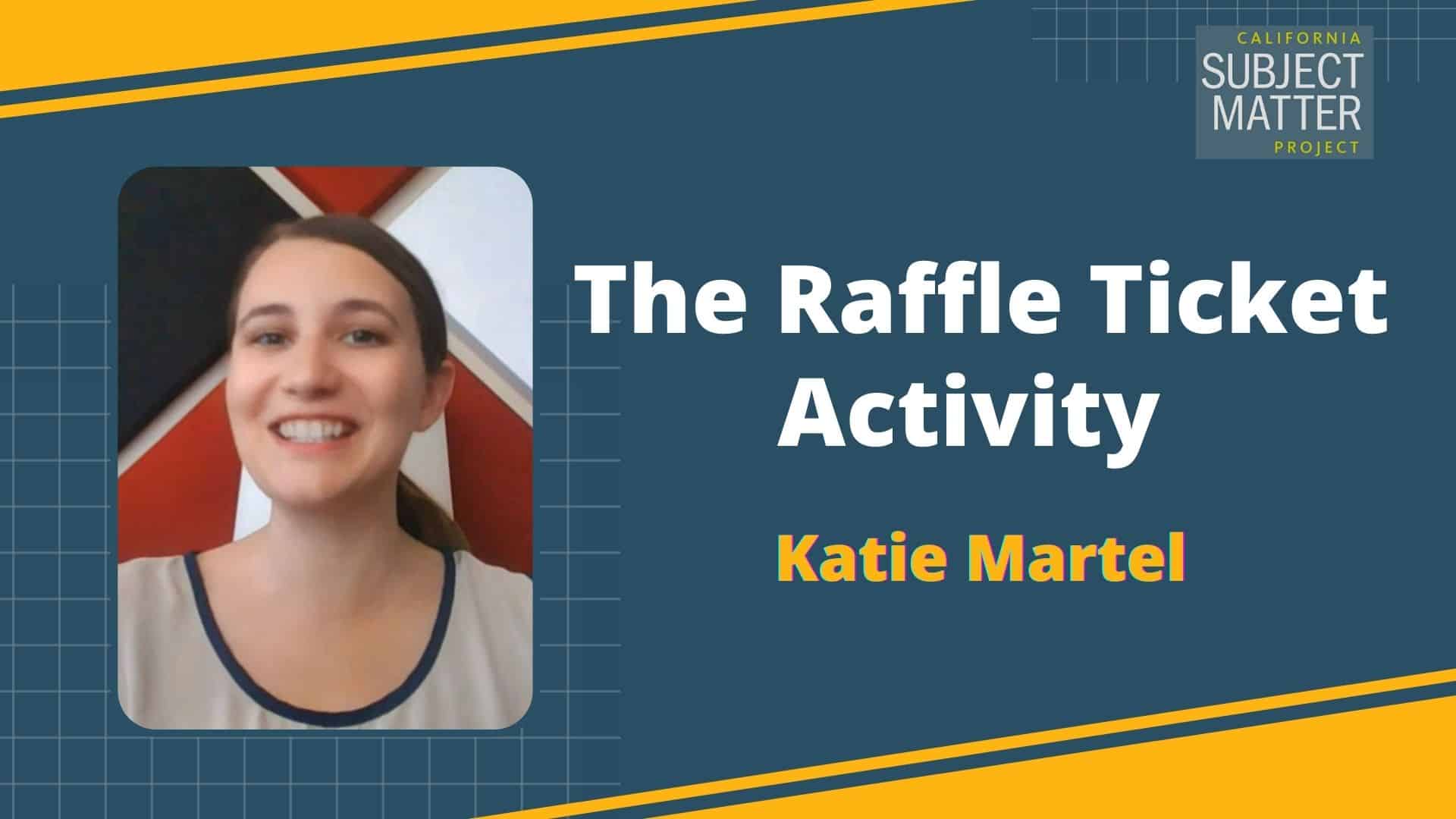
The Raffle Ticket Activity
Explore the fantastic Raffle Ticket Activity with Katie Martel, an Education Specialist and eighth-grade math teacher. Discover this powerful positive behavior management strategy that can transform your classroom. Katie shares insights on implementation, emphasizing specific language and multiple prize options. Foster engagement, reward positive behaviors, and create a vibrant, encouraging learning environment. Join Katie in this enlightening session!
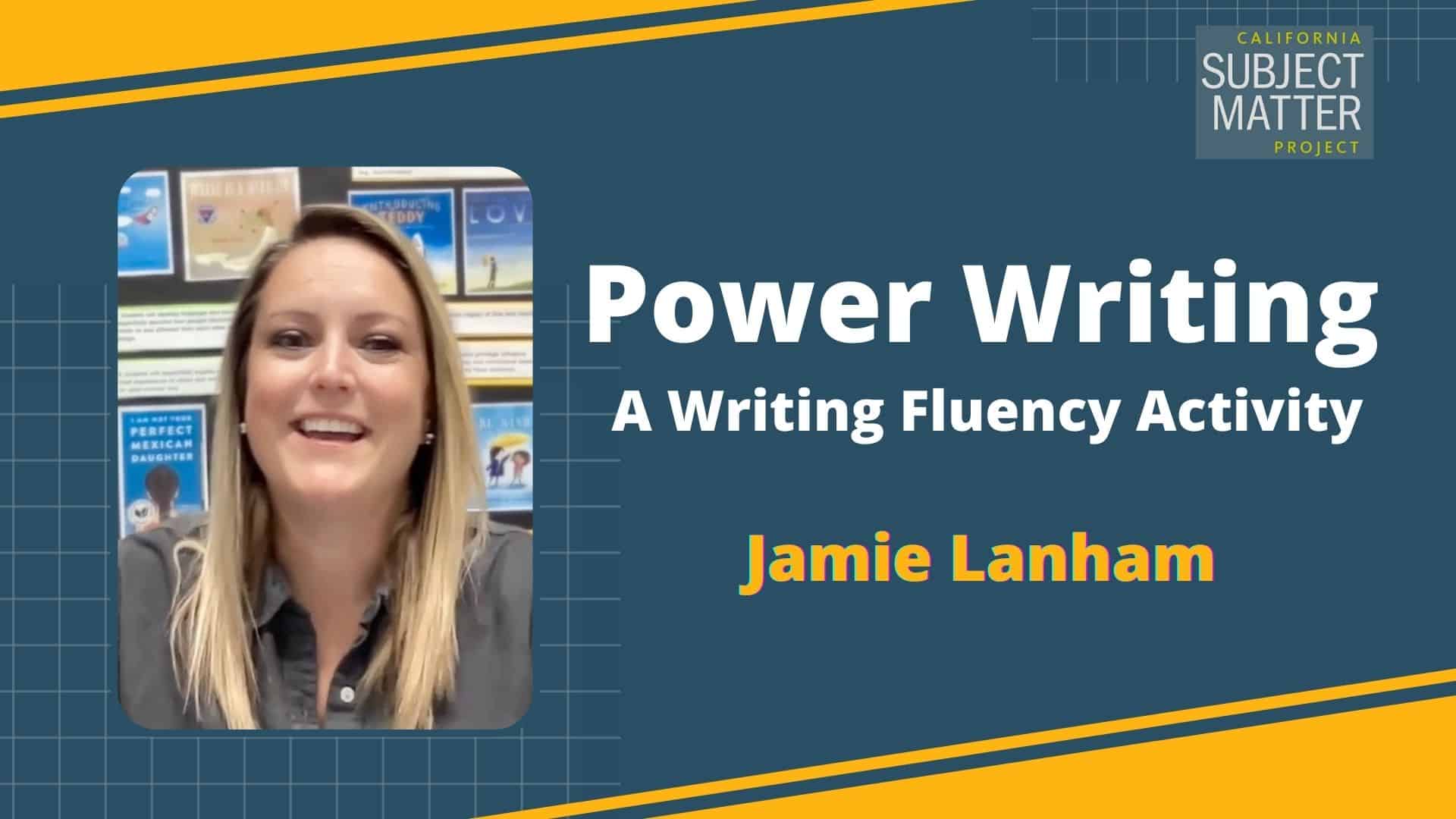
Power Writing: A Writing Fluency Activity
Join Jamie Lanham, an Instructional Coach at San Diego Global Vision Academy, to explore “Power Writing.” This engaging writing fluency activity is perfect for K-3 students, requiring no prior preparation. Discover how to boost writing skills through brainstorming, oral rehearsal, and the “Power Writing” mantra. Foster creativity, competition, and peer feedback for a fun and effective writing experience.
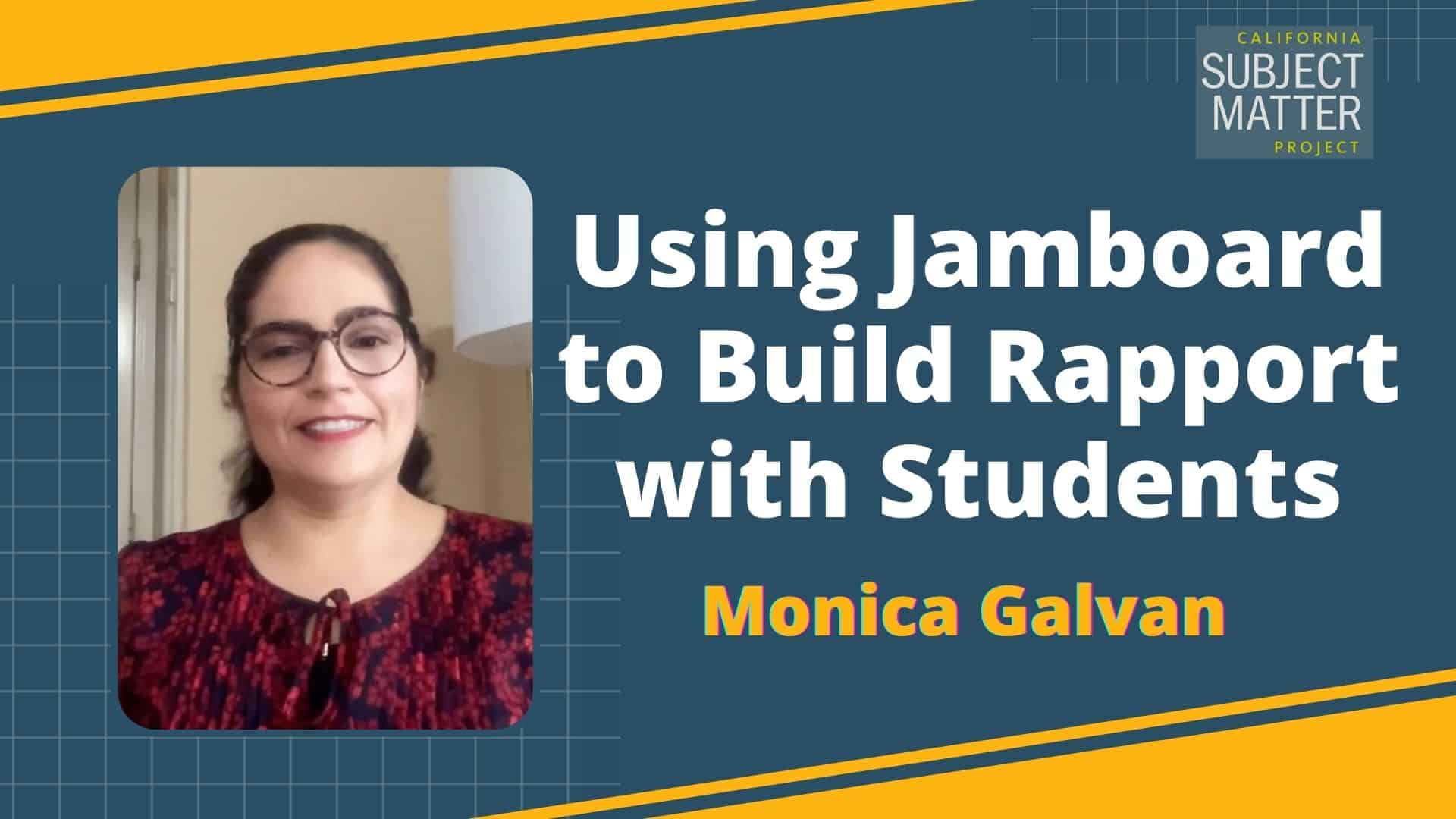
Using Jamboard to Build Rapport with Students
Monica Galvan, a bilingual teacher, shares effective techniques using Jamboard, a free digital whiteboard tool. Her strategies apply to all grade levels and subjects, promoting engagement, check-ins, collaborative projects, and well-being assessments. Monica offers practical guidance for educators looking to improve teacher-student interactions.
California Physical Education-Health Project
Learn about high leverage skills, tools, and strategies from master teachers with California Physical Education-Health Project.
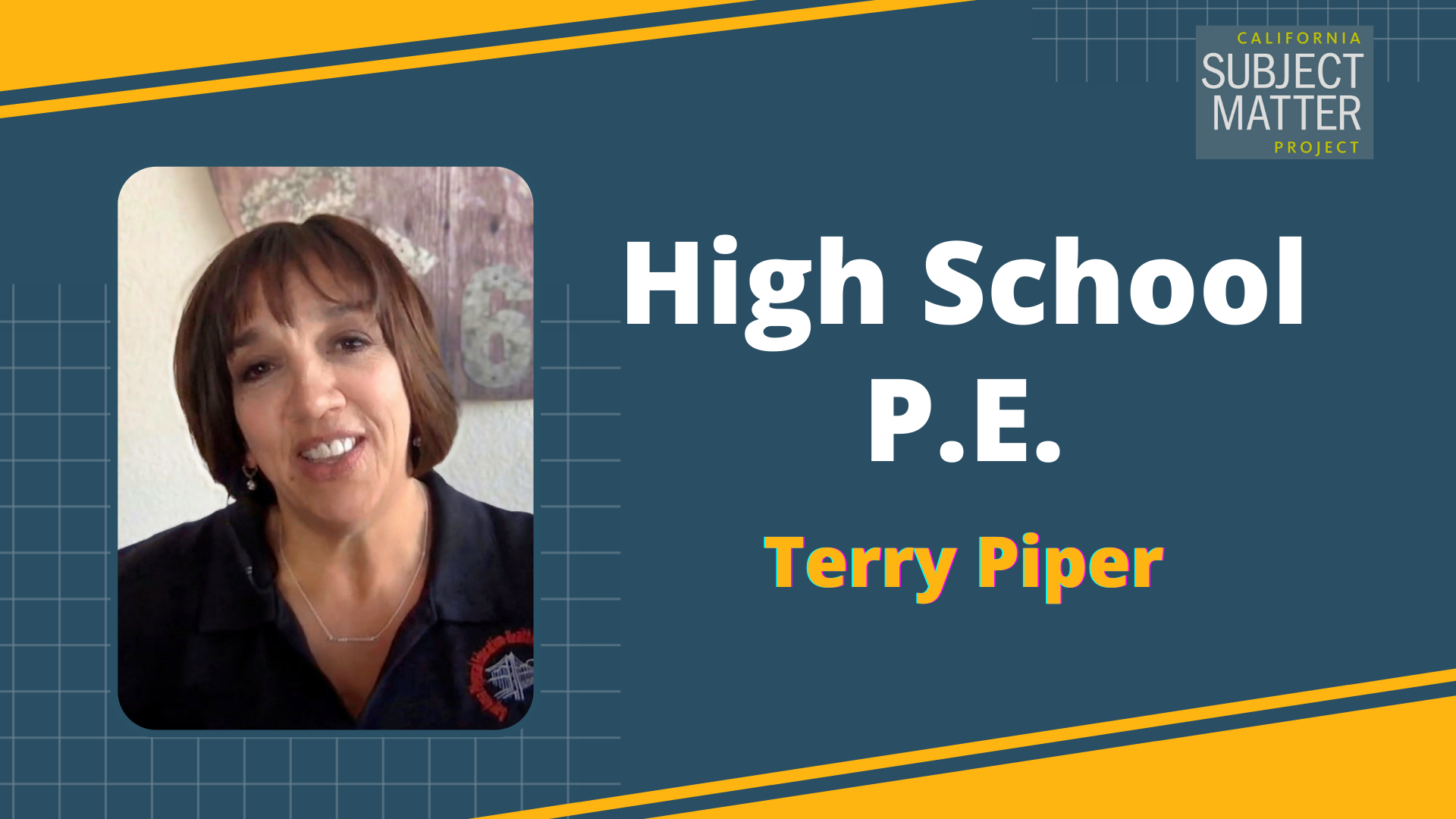
High School P.E.
Terry Piper shares best practices and tips for anyone wishing to teach High School P.E. (This is the fourth video of the four-part Physical Education video collection.)
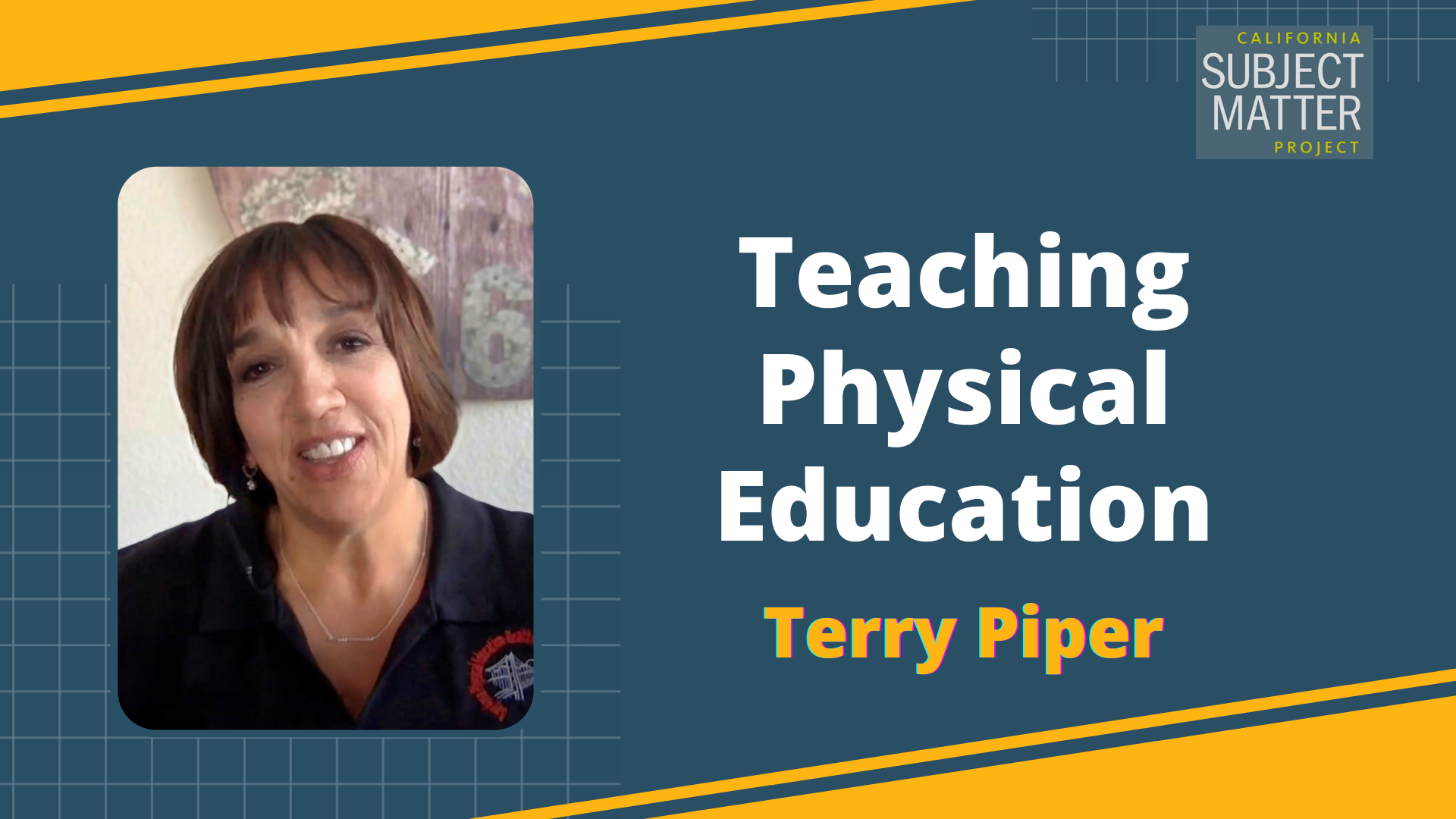
Teaching Physical Education
Terry Piper kicks off the four-part Teaching Physical Education video series by sharing best practices and tips for anyone wishing to teach P.E. in schools.
For tips specific to Elementary, Middle, and High School, watch the other videos in the collection.
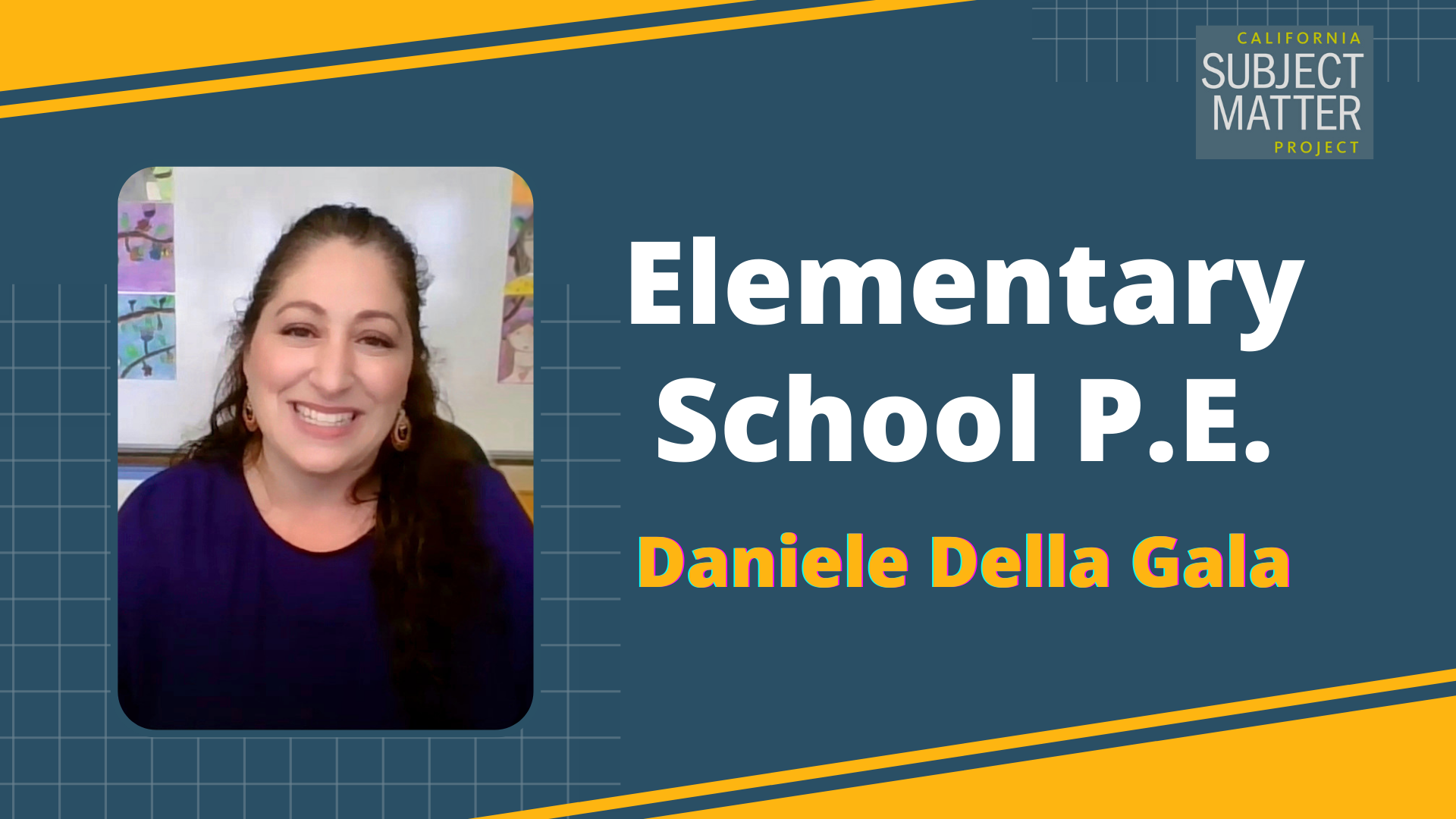
Elementary School P.E.
Danielle Della Gala shares best practices and tips for anyone wishing to teach Elementary School P.E. (This is the second video of the four-part Physical Education video collection.)
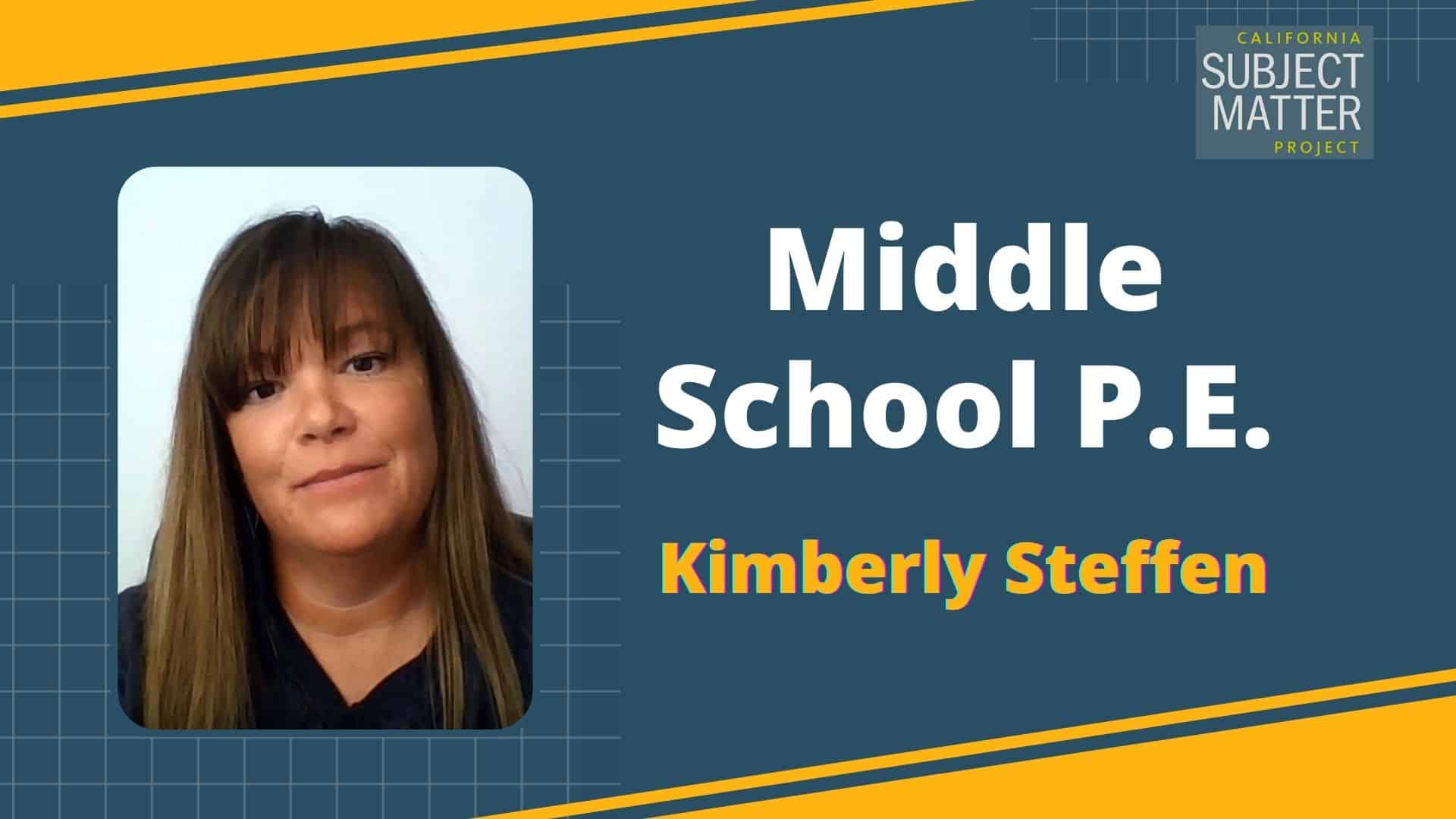
Middle School P.E.
Kimberly Steffen shares best practices and tips for anyone wishing to teach Middle School P.E. (This is the third video of the four-part Physical Education video collection.)
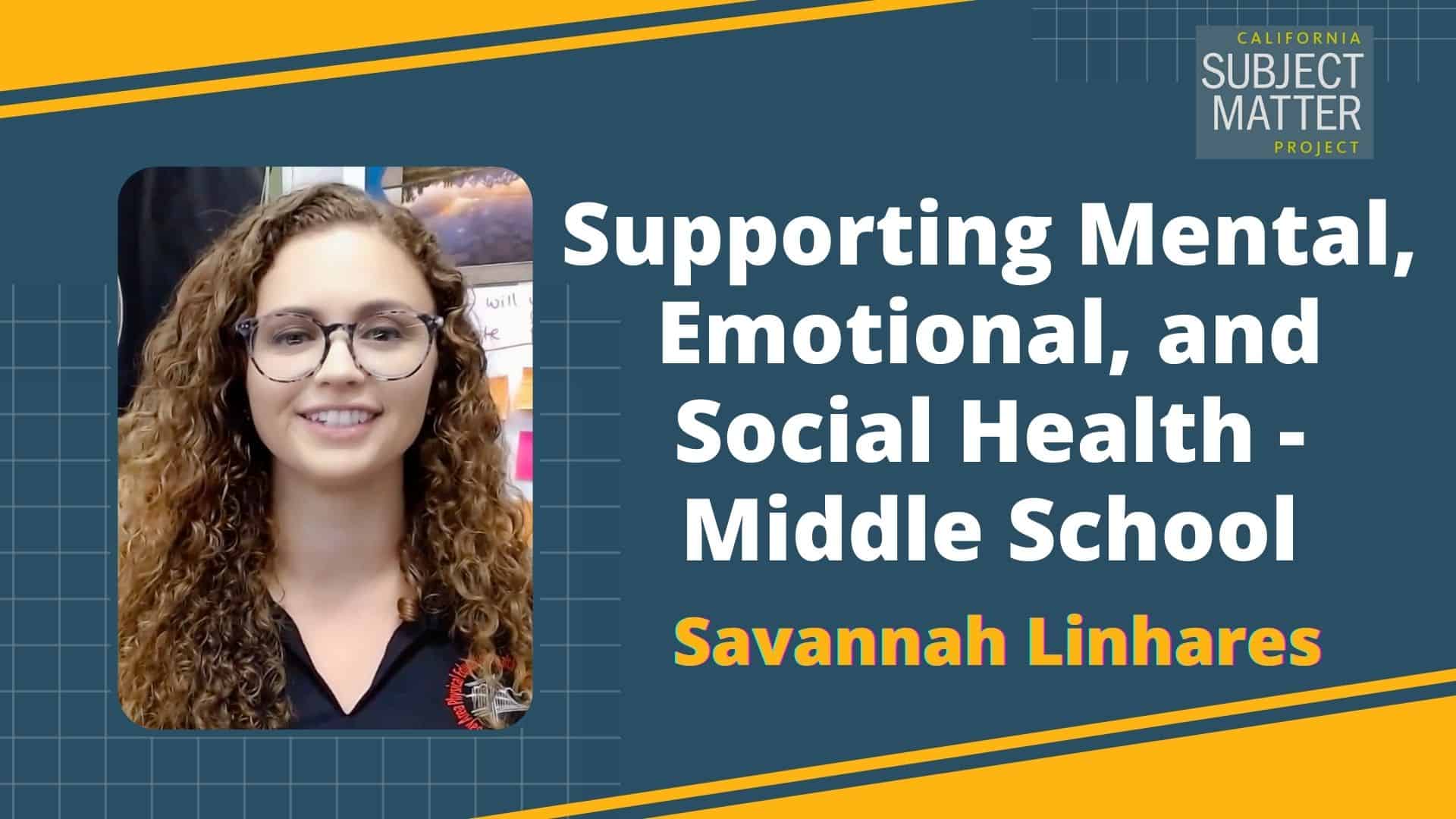
Supporting Mental, Emotional, and Social Health – Middle School
Savannah Linhares, a middle school science teacher and mental health advocate, presents a proactive approach to nurturing students’ mental well-being in this video. Emotional awareness is emphasized, along with practical exercises like ‘The Mood Meter’ for students to regulate their emotions. The video underscores the benefits of this approach for both students and educators.

Supporting Mental, Emotional, and Social Health – Elementary School
Discover practical strategies from teacher leader Daniele Della Gala to support elementary students’ mental and emotional health. Learn how to help them understand and manage their emotions while fostering valuable social skills. These methods are adaptable from kindergarten to grade five. Enhance your students’ emotional awareness and empower them to thrive in both school and life. Watch now for actionable insights.
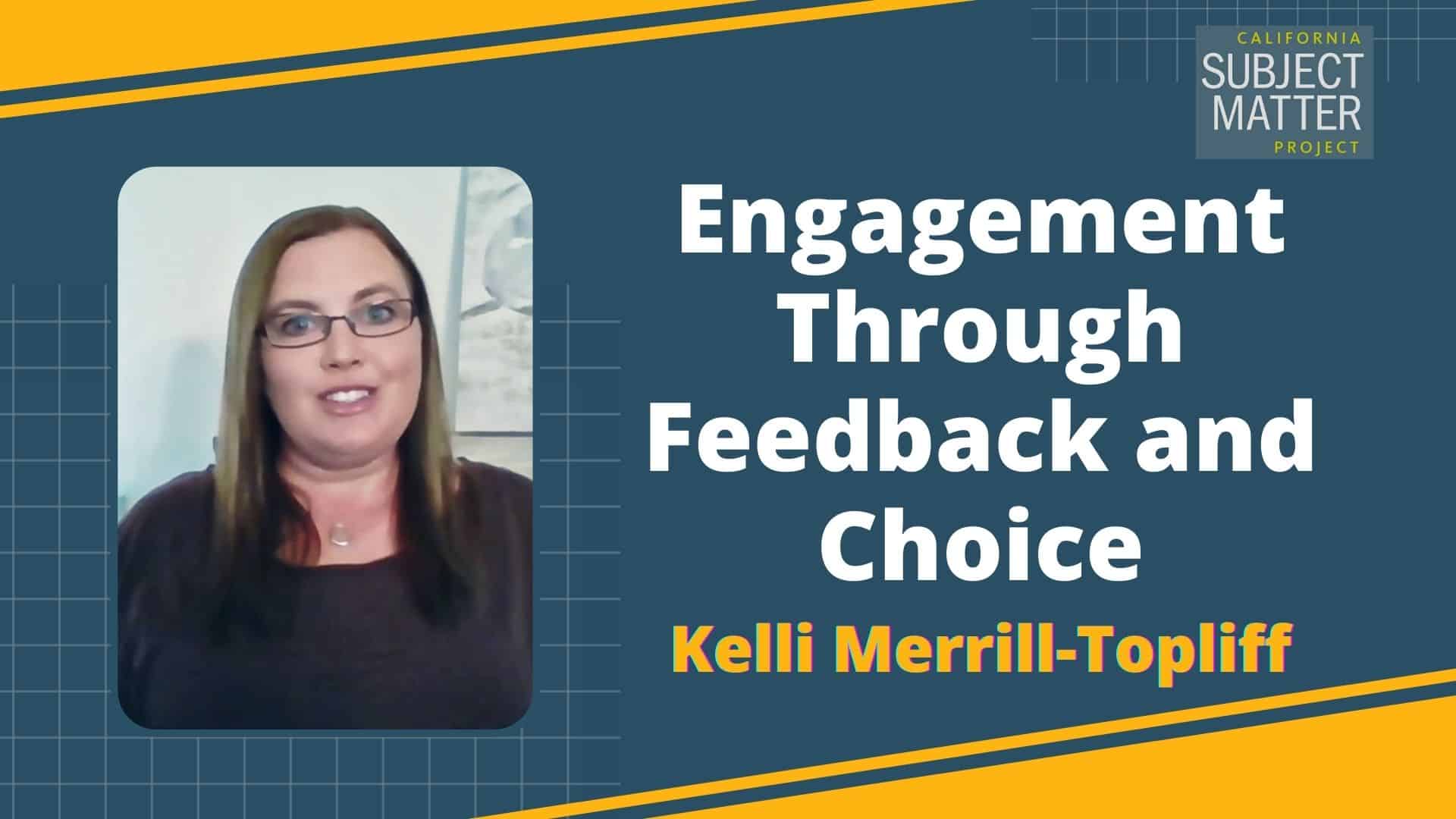
Engagement Through Feedback and Choice
Join Kelli Merrill-Topliff, an elementary PE teacher, as she unveils a powerful method for boosting student engagement. By focusing on perceived competence through specific feedback and choice-based learning, this approach fosters intrinsic motivation and enthusiasm across all grade levels and subjects. Don’t miss the chance to revolutionize your teaching methods.
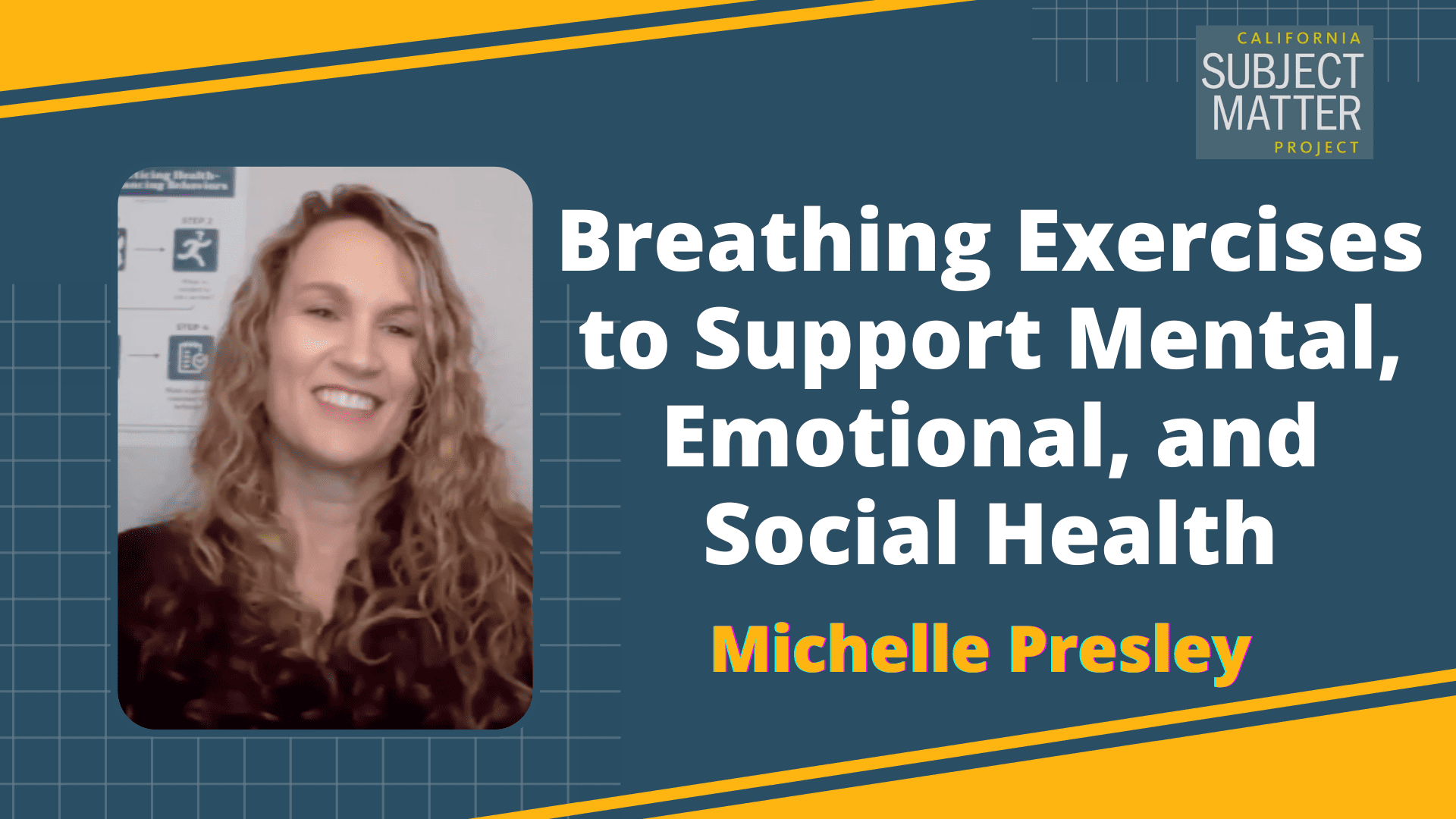
Breathing Exercises to Support Mental, Emotional, and Social Health
Explore deep breathing with Michelle Presley, a health education expert. Discover how it reduces stress, slows the heart rate, and boosts well-being. Learn the Belly Breathing technique, perfect for high school students. Elevate teaching, enhance lives, and boost resilience.
California Arts Project
Learn about high leverage skills, tools, and strategies from master teachers with California Arts Project.

Exit Tickets
Kim Guadagnoli, theater teacher at Grand Terrace High School, tells us how to use the “Exit Ticket” strategy to help students review and reflect on their learning.

Connecting to Emotions Using a Student-Generated Playlist
Charity Tanaleon, former band director at Norwood Junior High School, uses student-created music playlists as a way to learn more about students and engage them to reflect and express their emotions through music.
